During the Spring Term of 2022, I have taken (according to my last count) photos of 129 different species of birds. Here is featured a selection, along with some random other samples of my nature photos. Excellent summer, everyone!
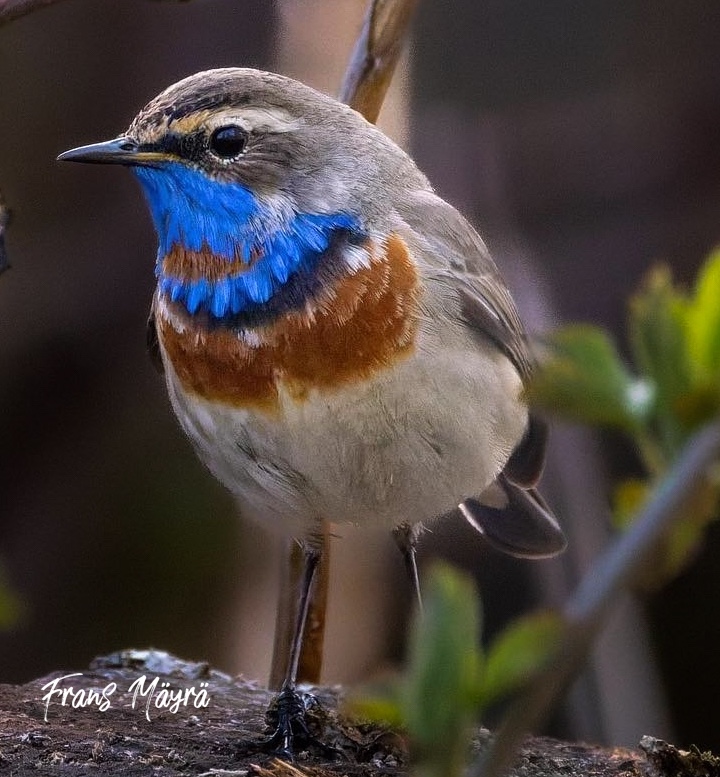


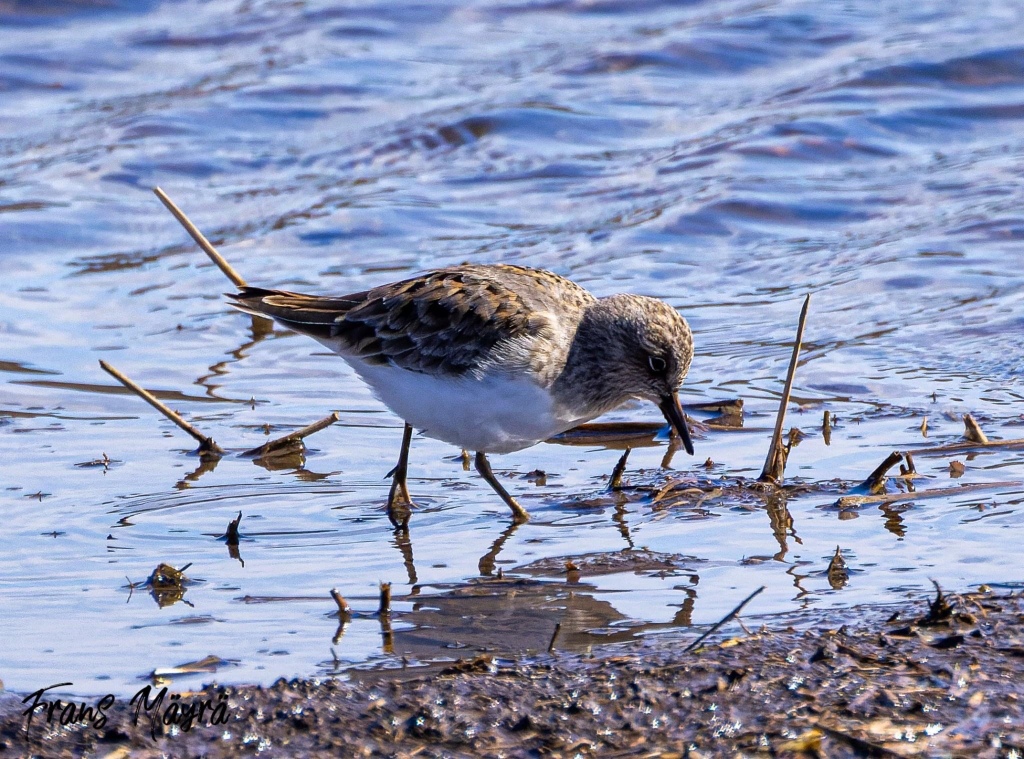


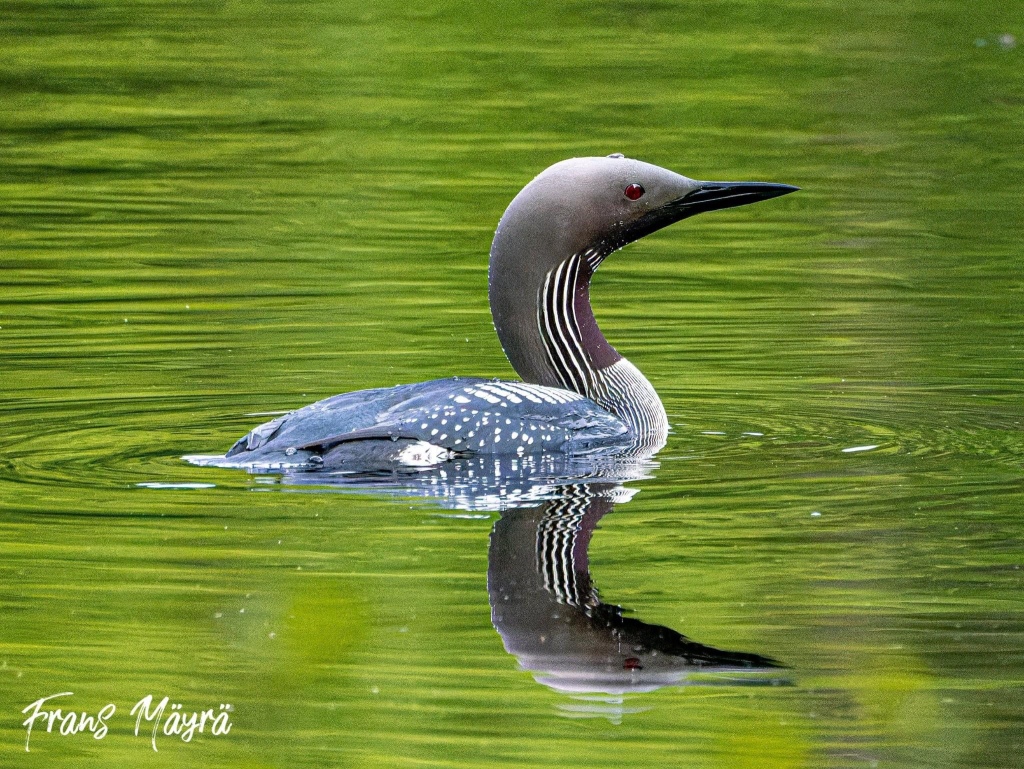
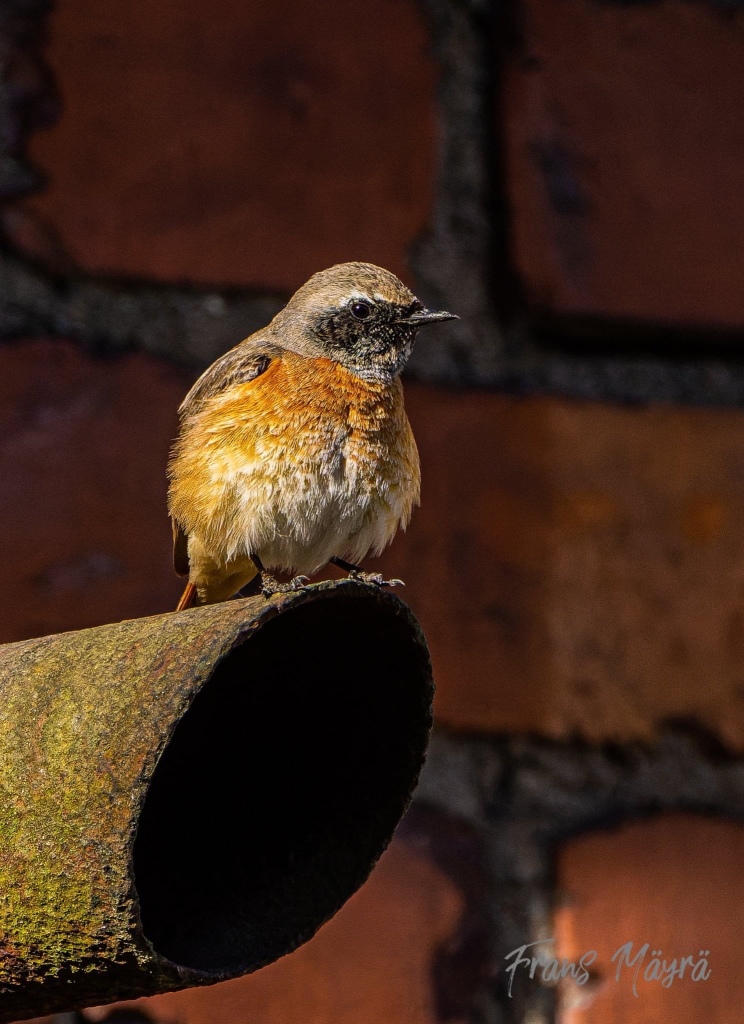

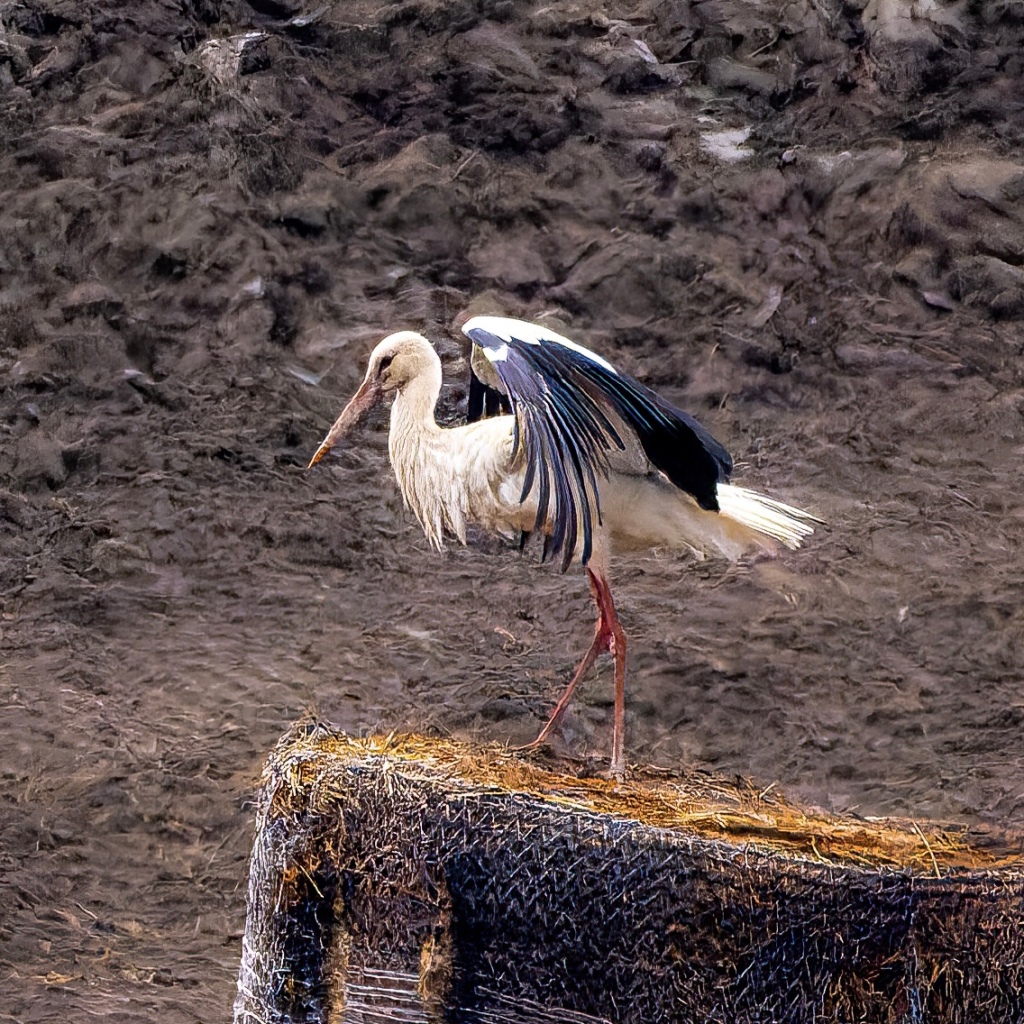
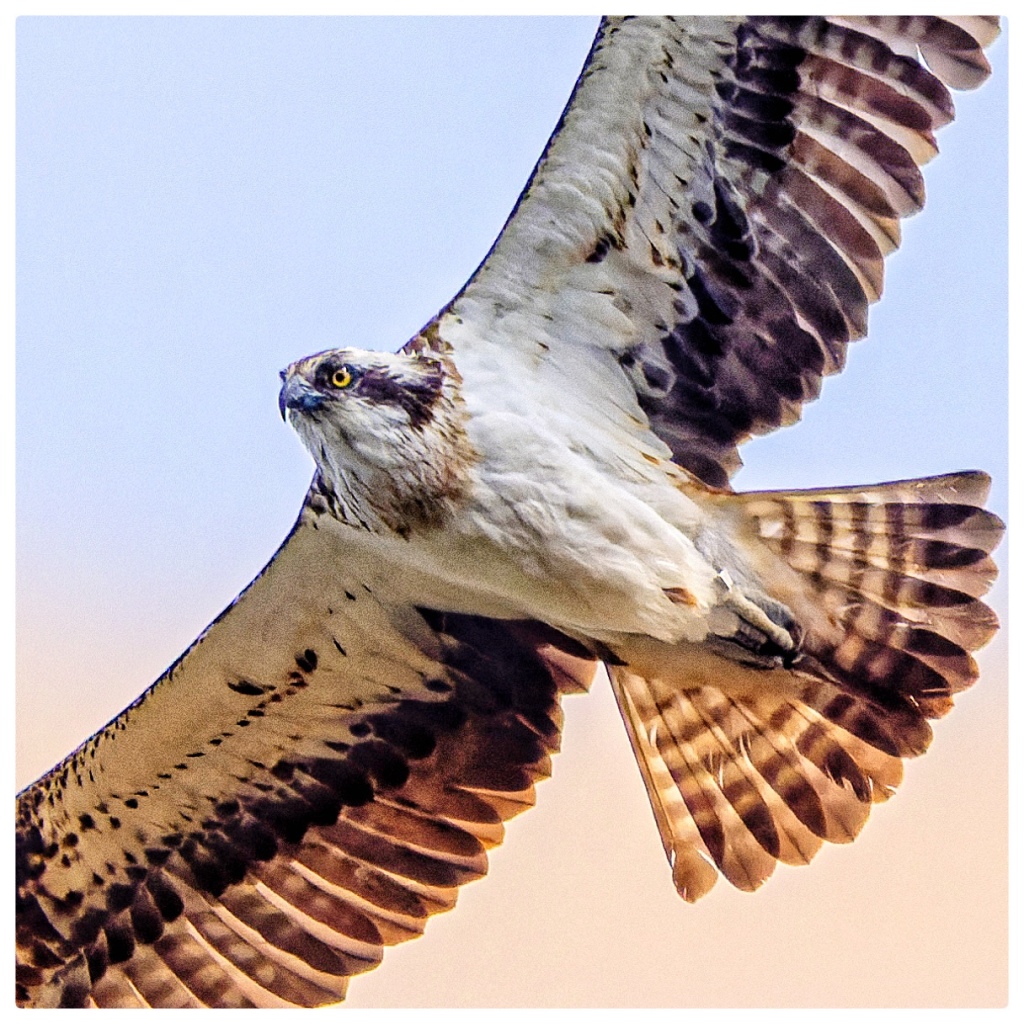
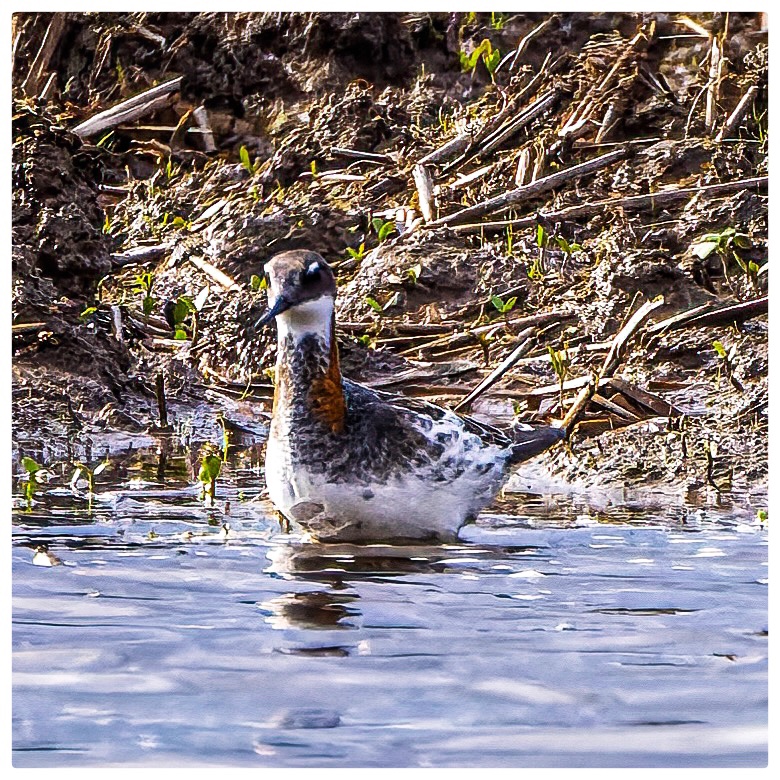


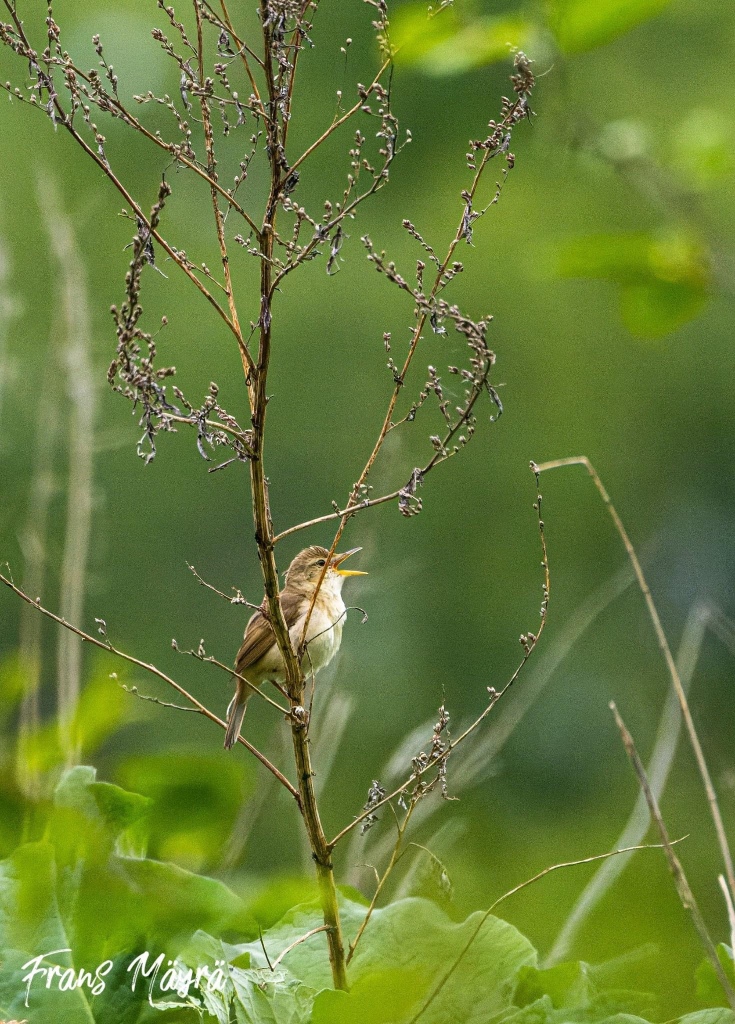
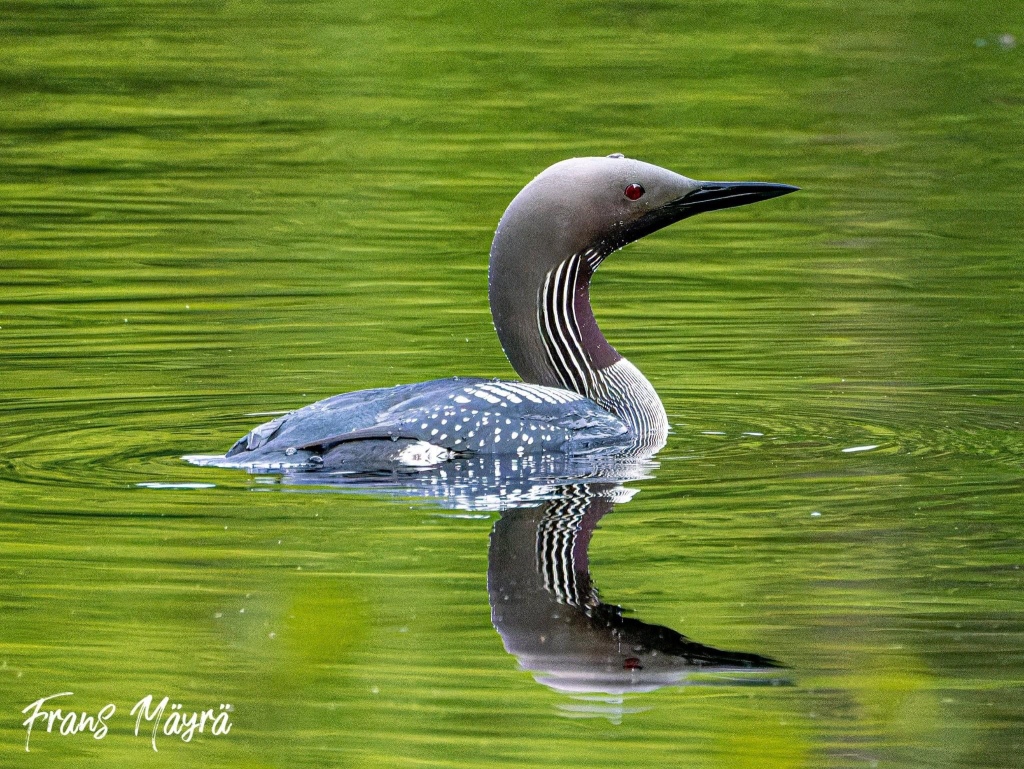
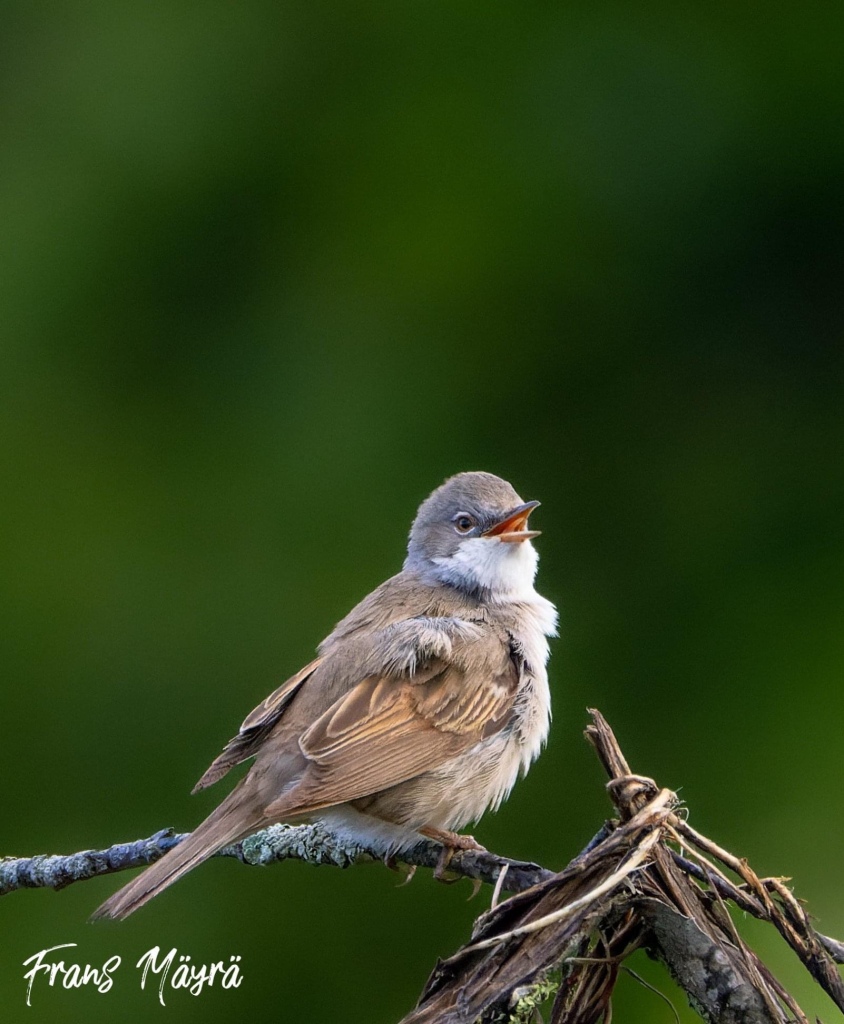

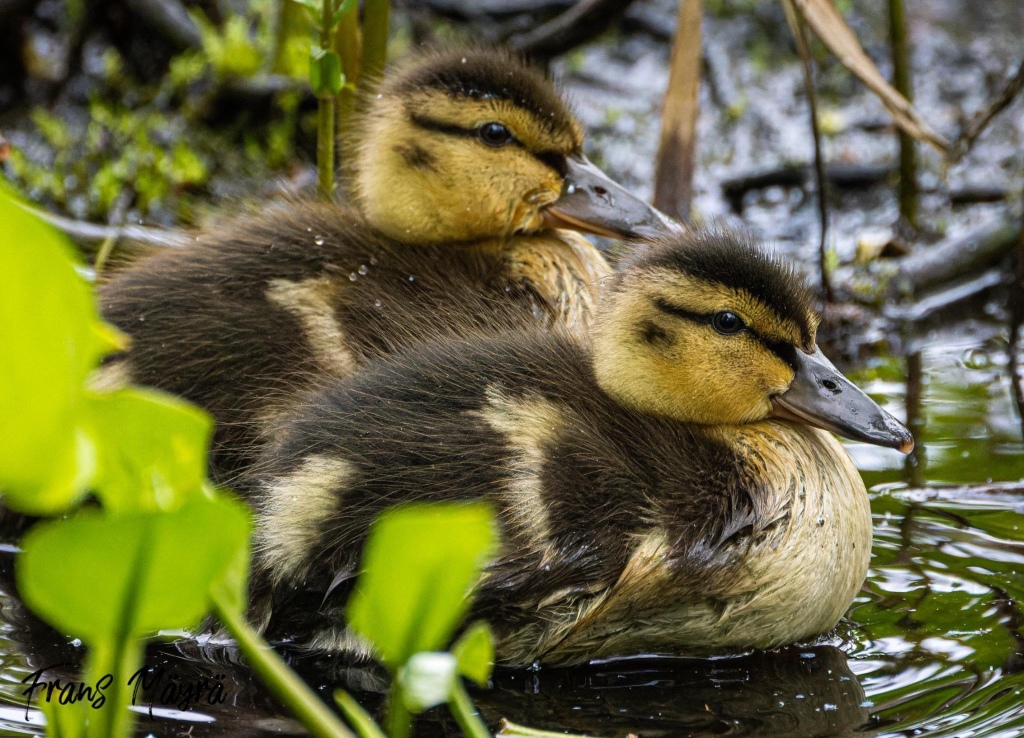
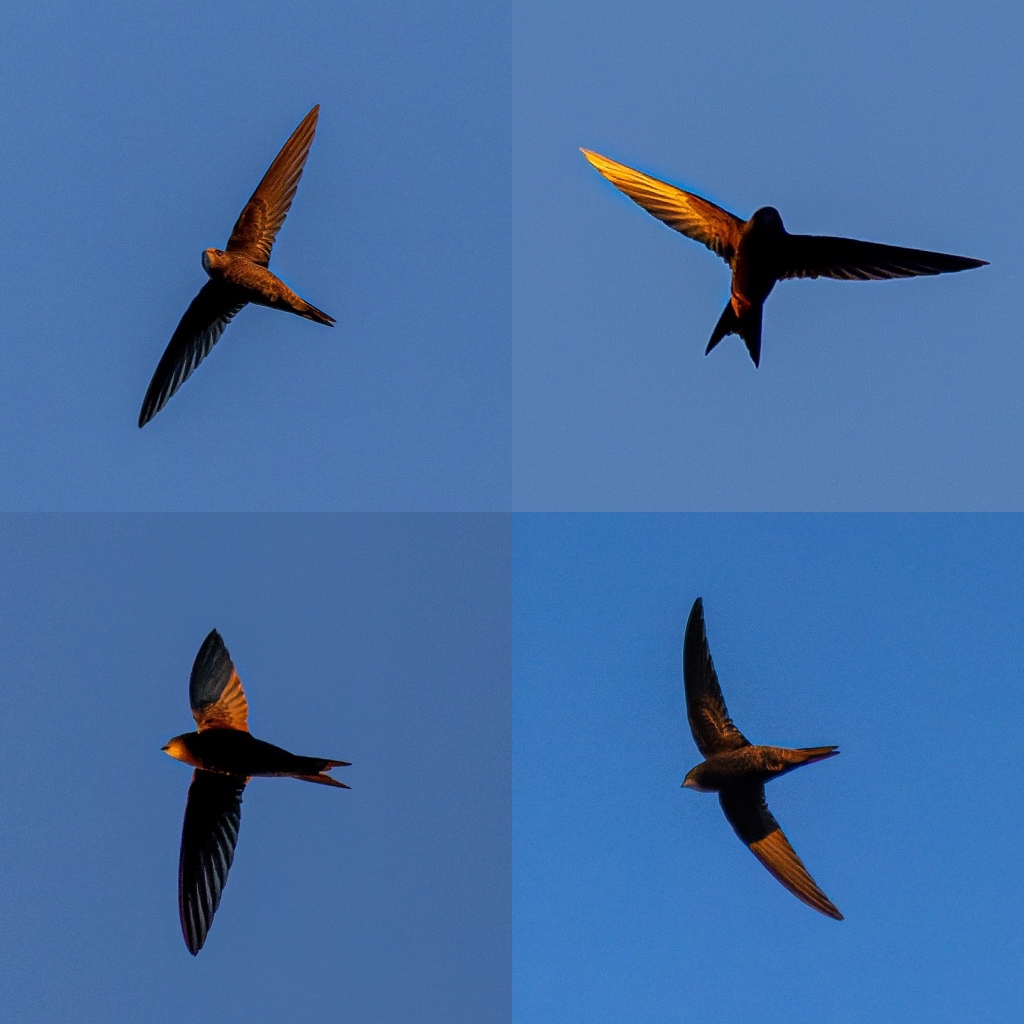
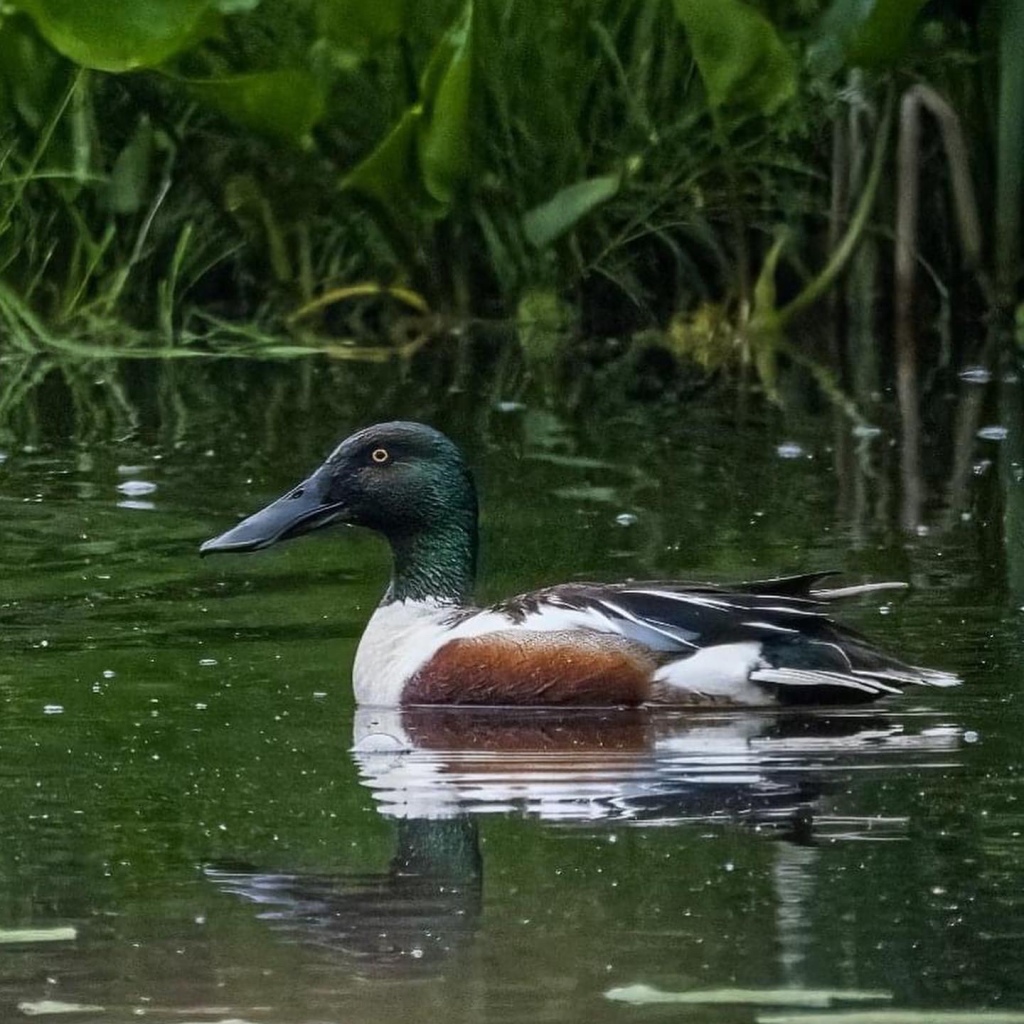
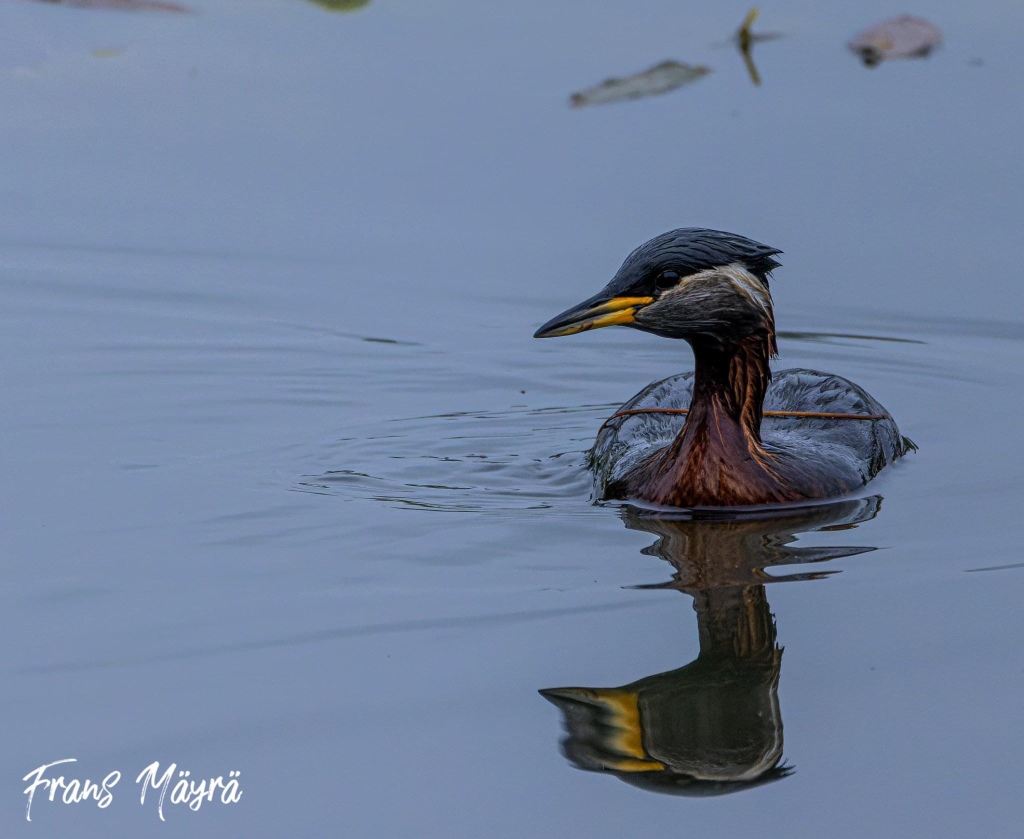

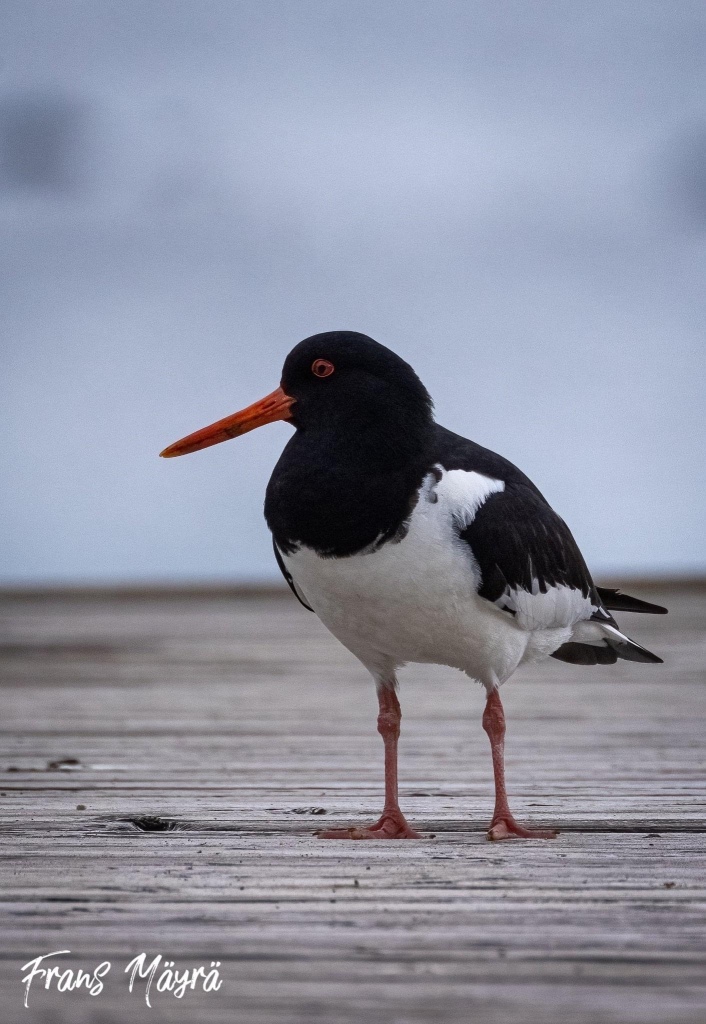
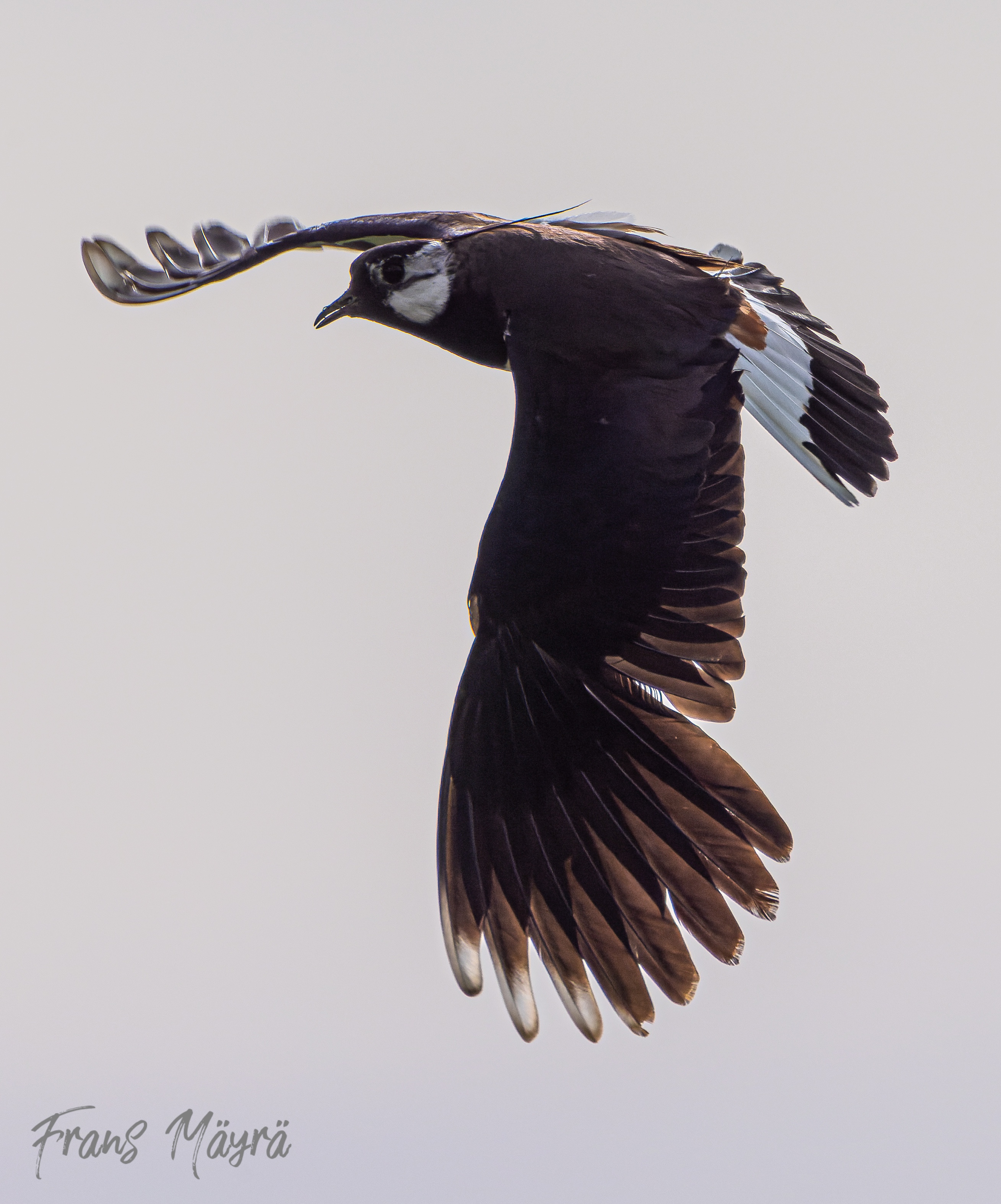
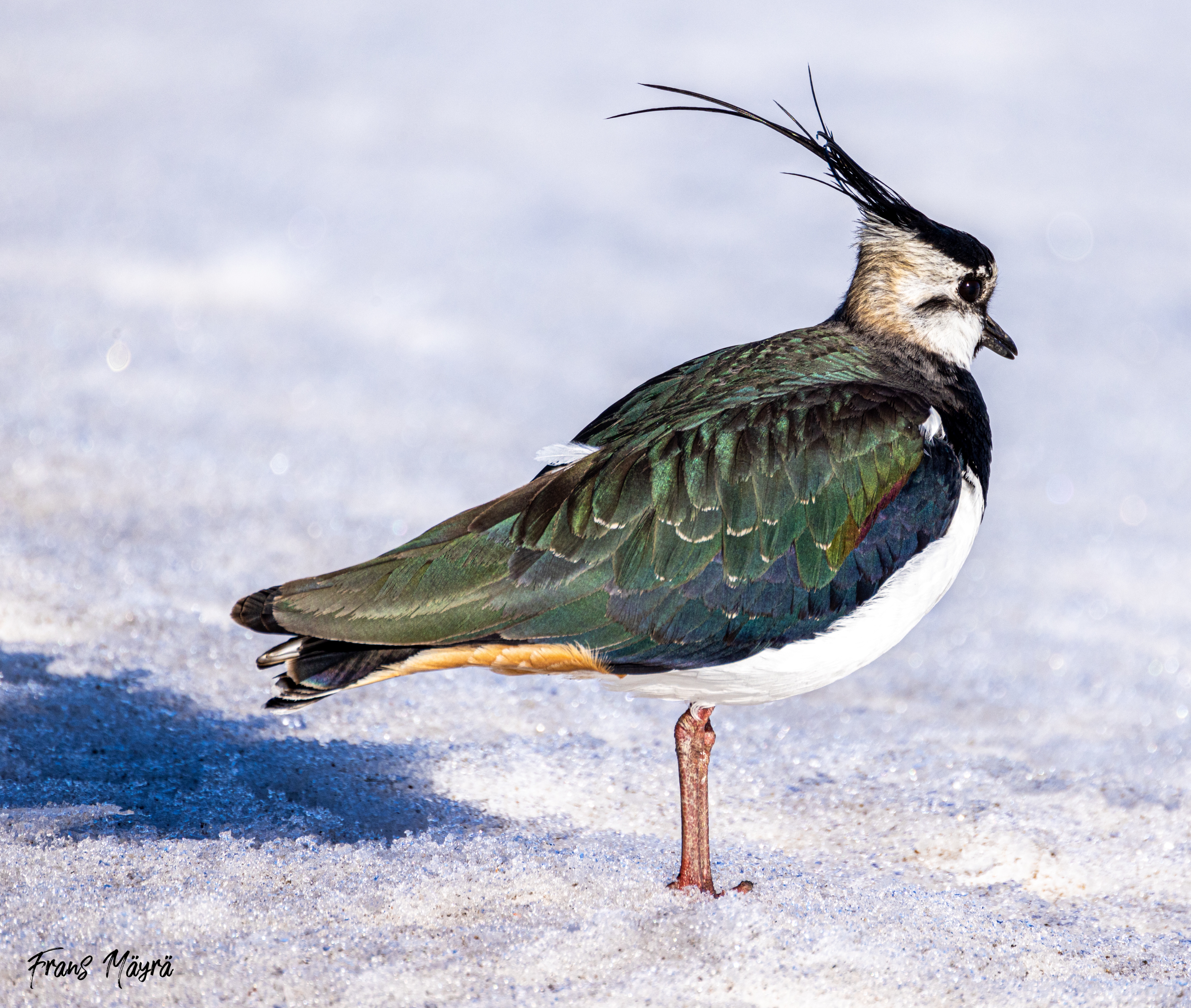
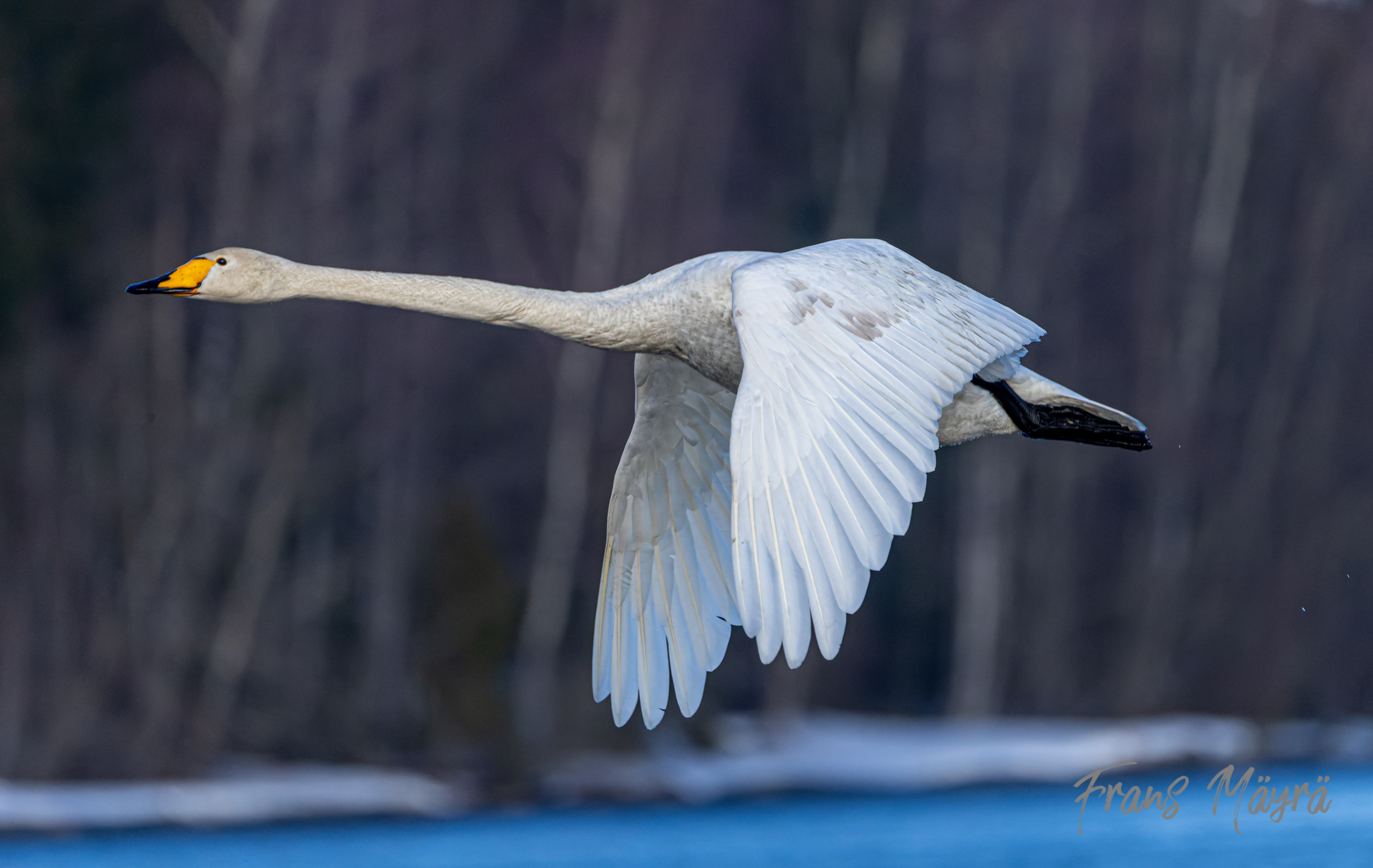

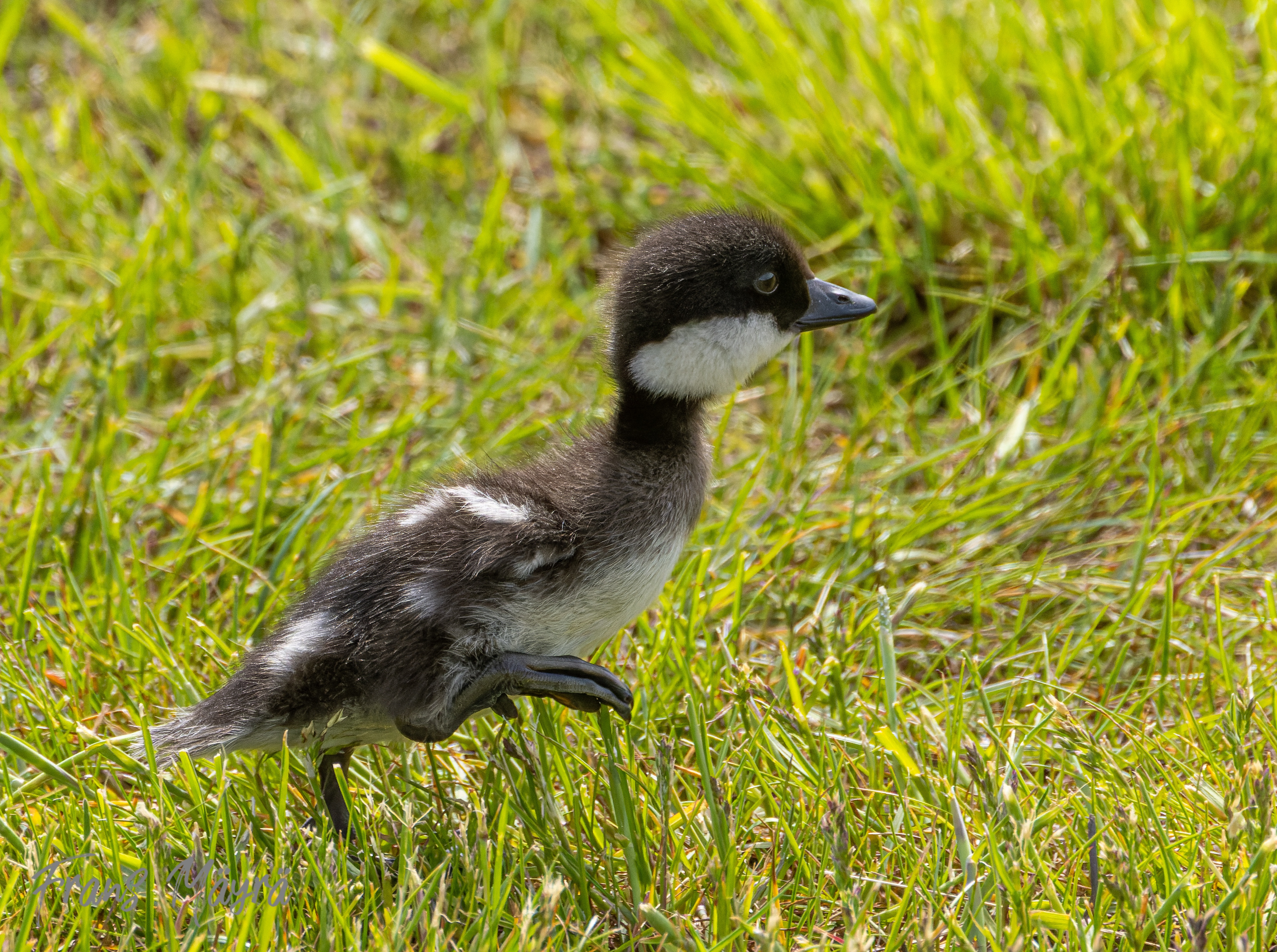
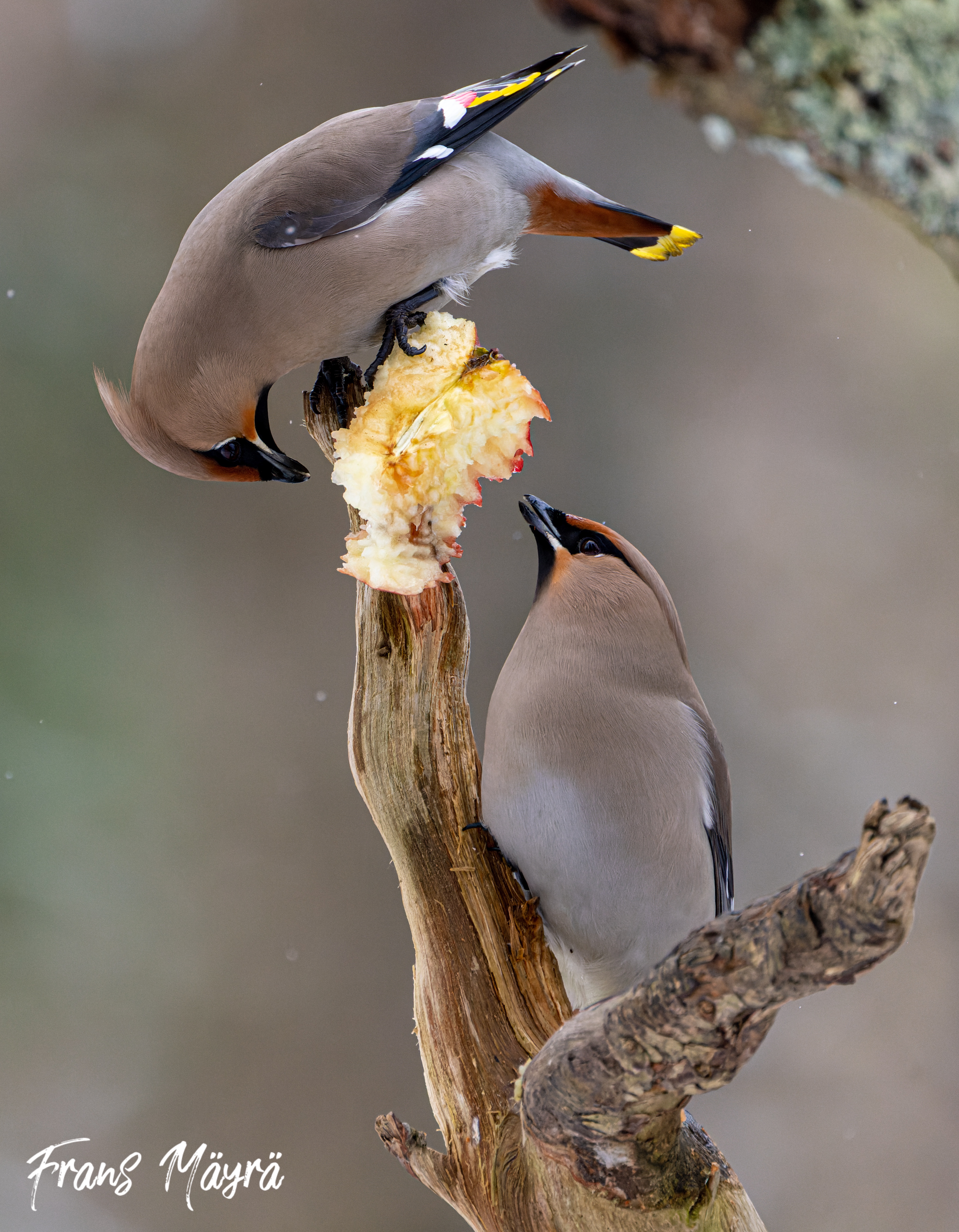
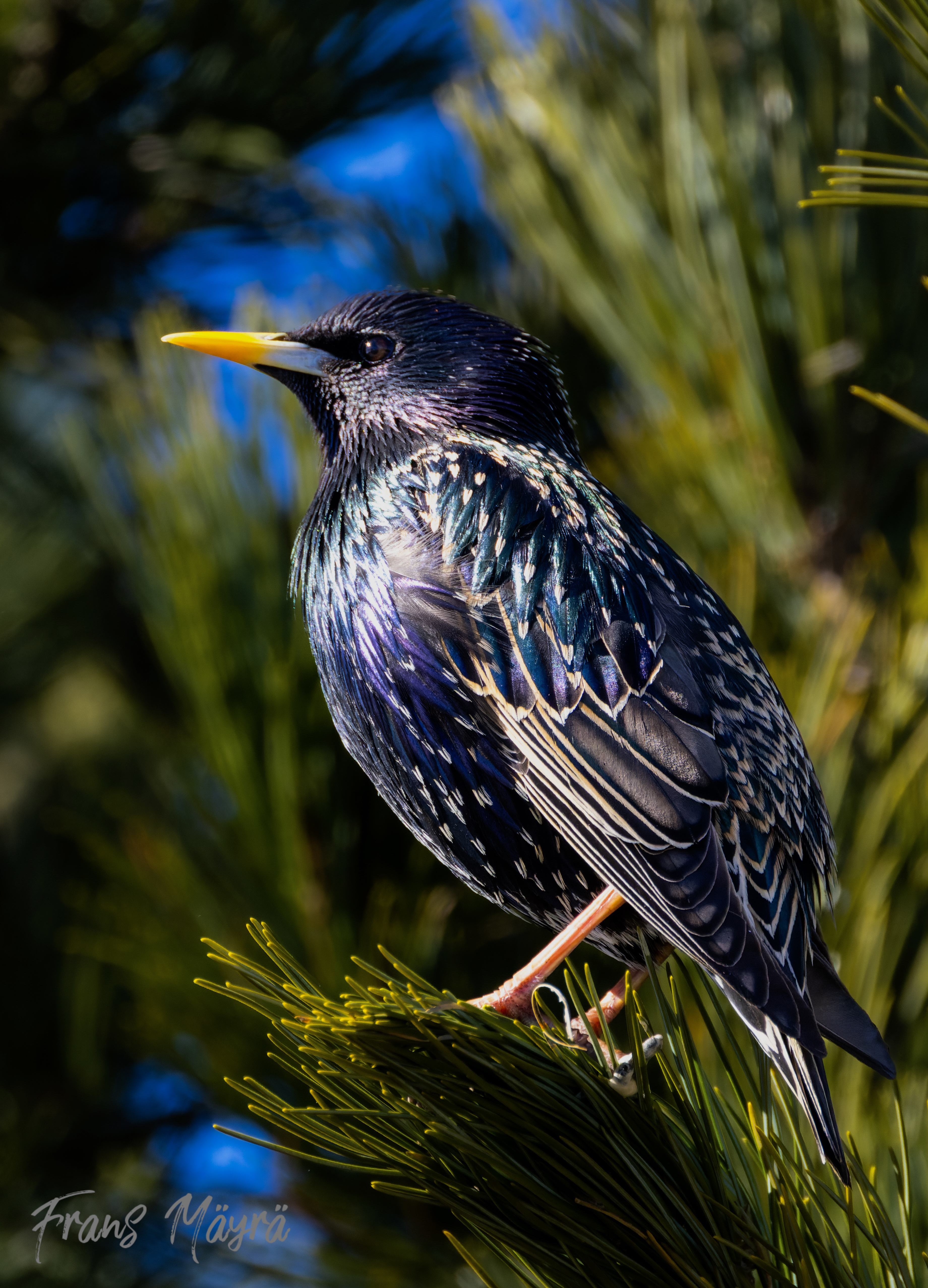
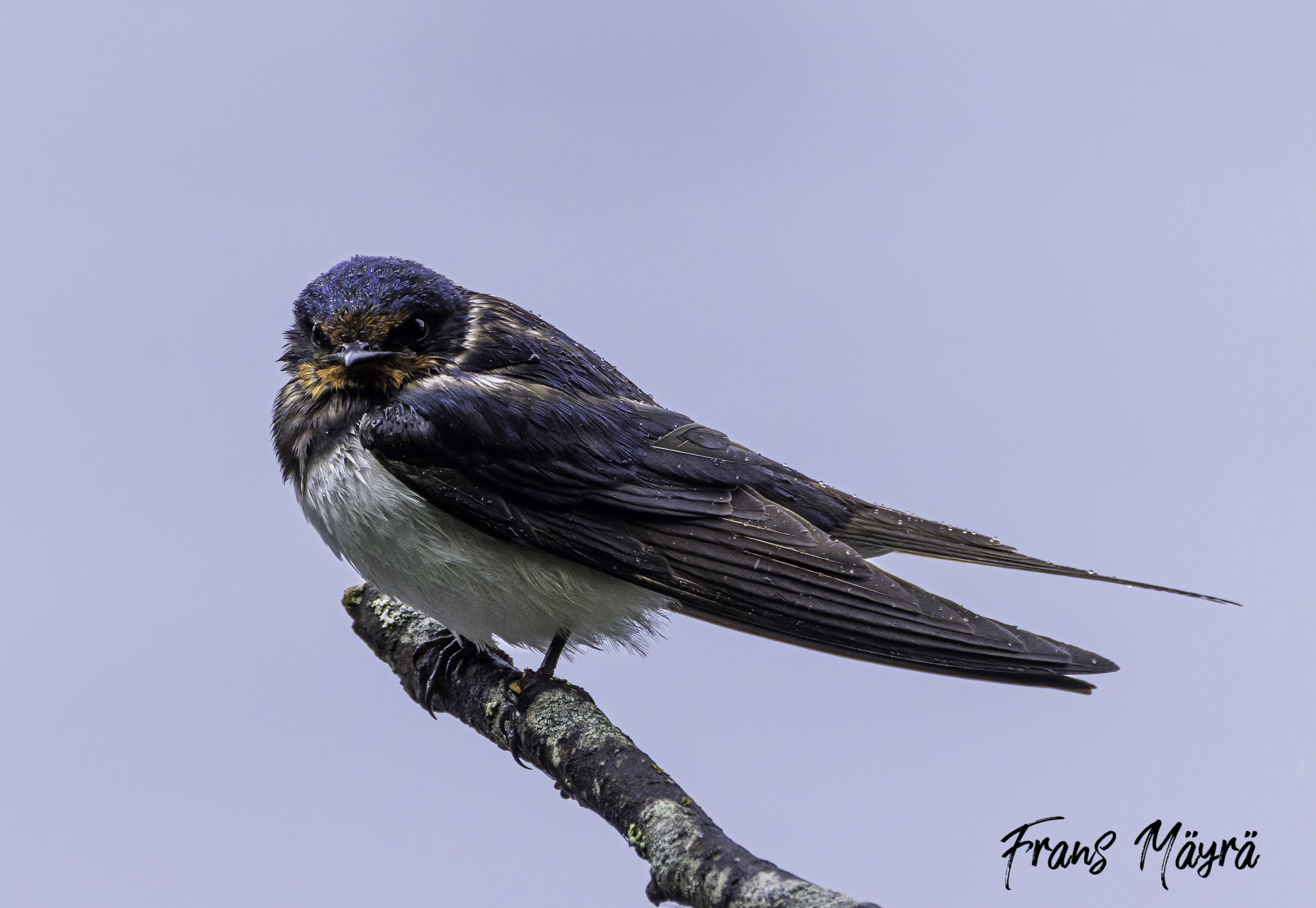
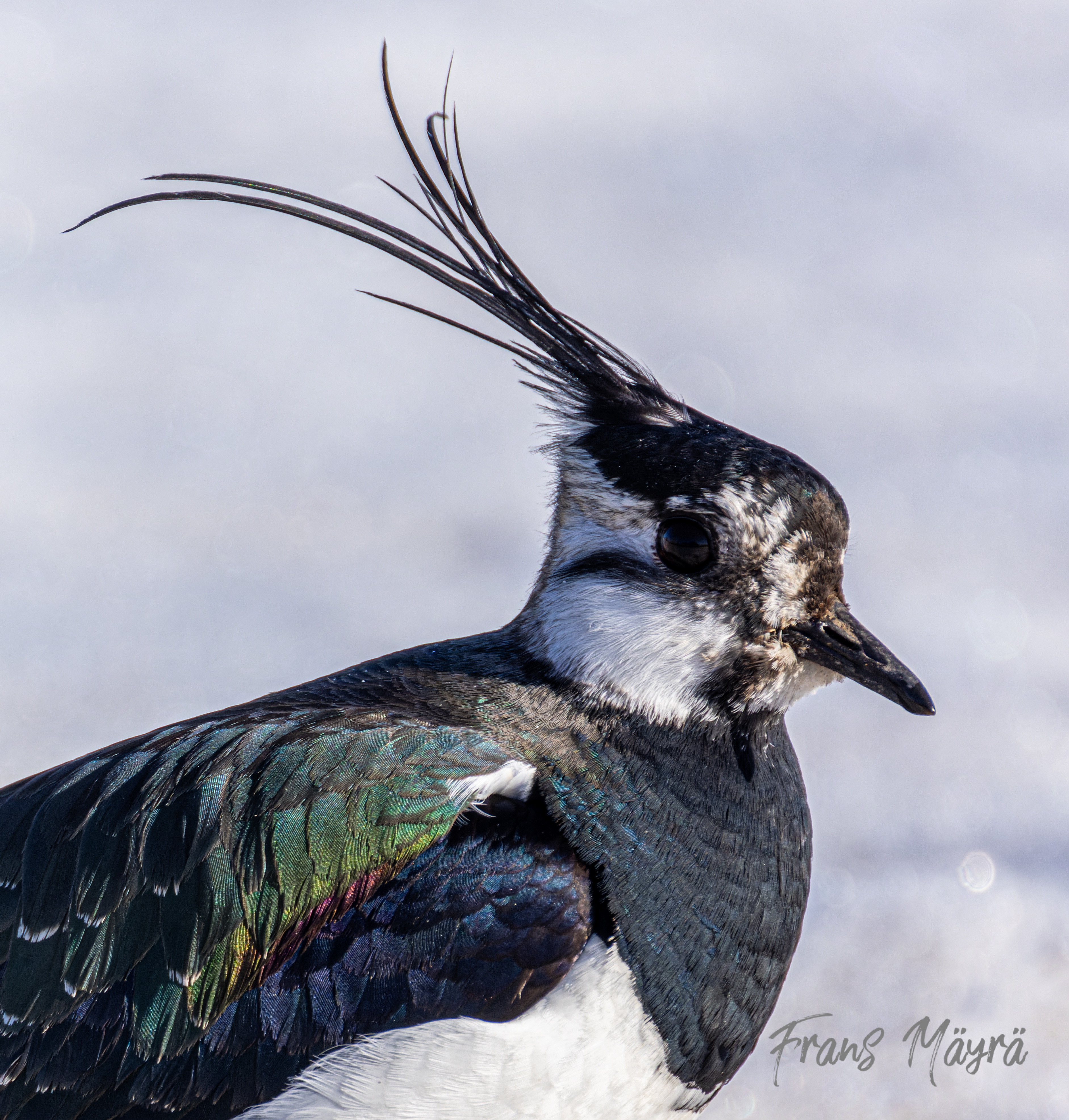

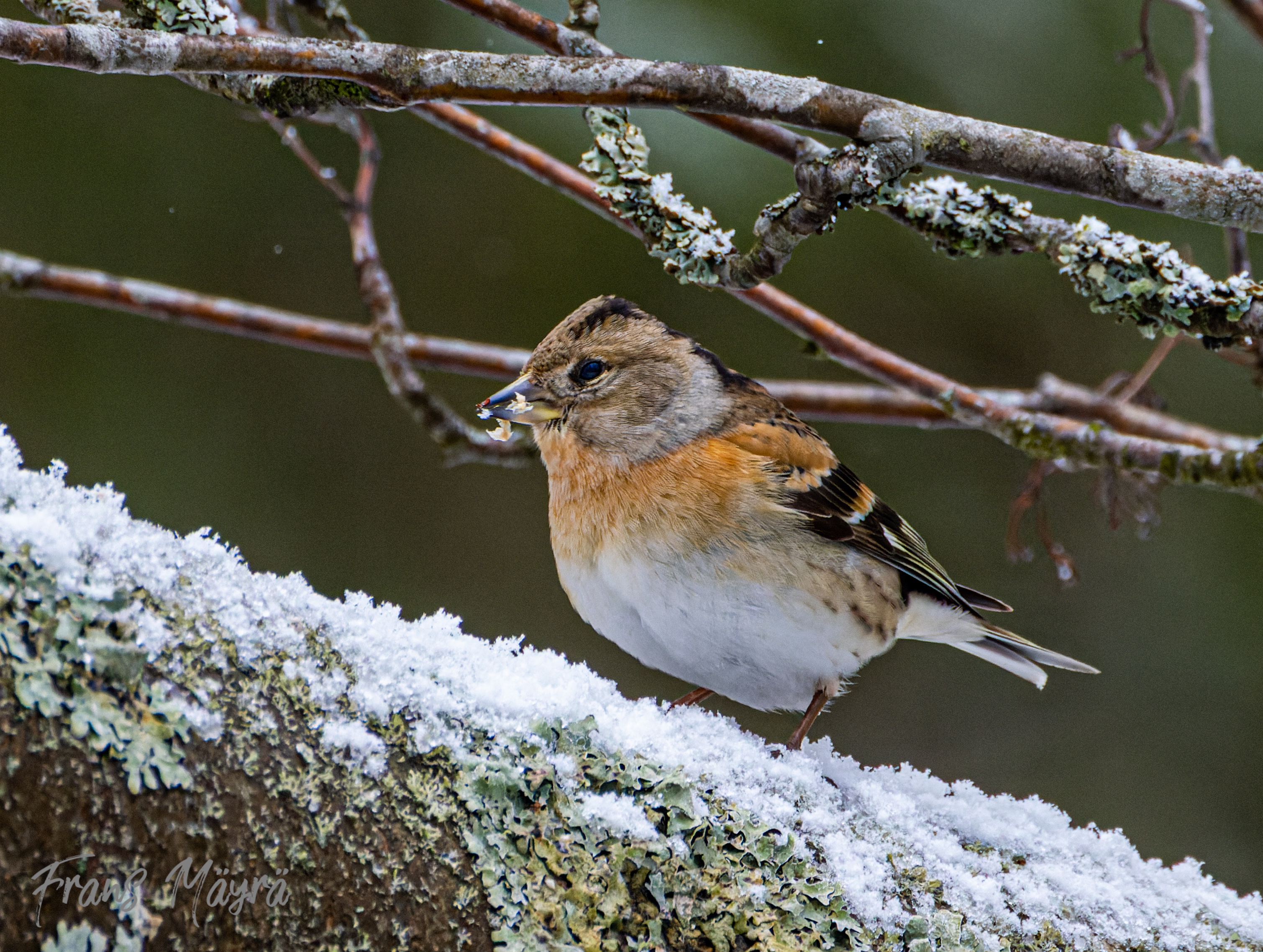
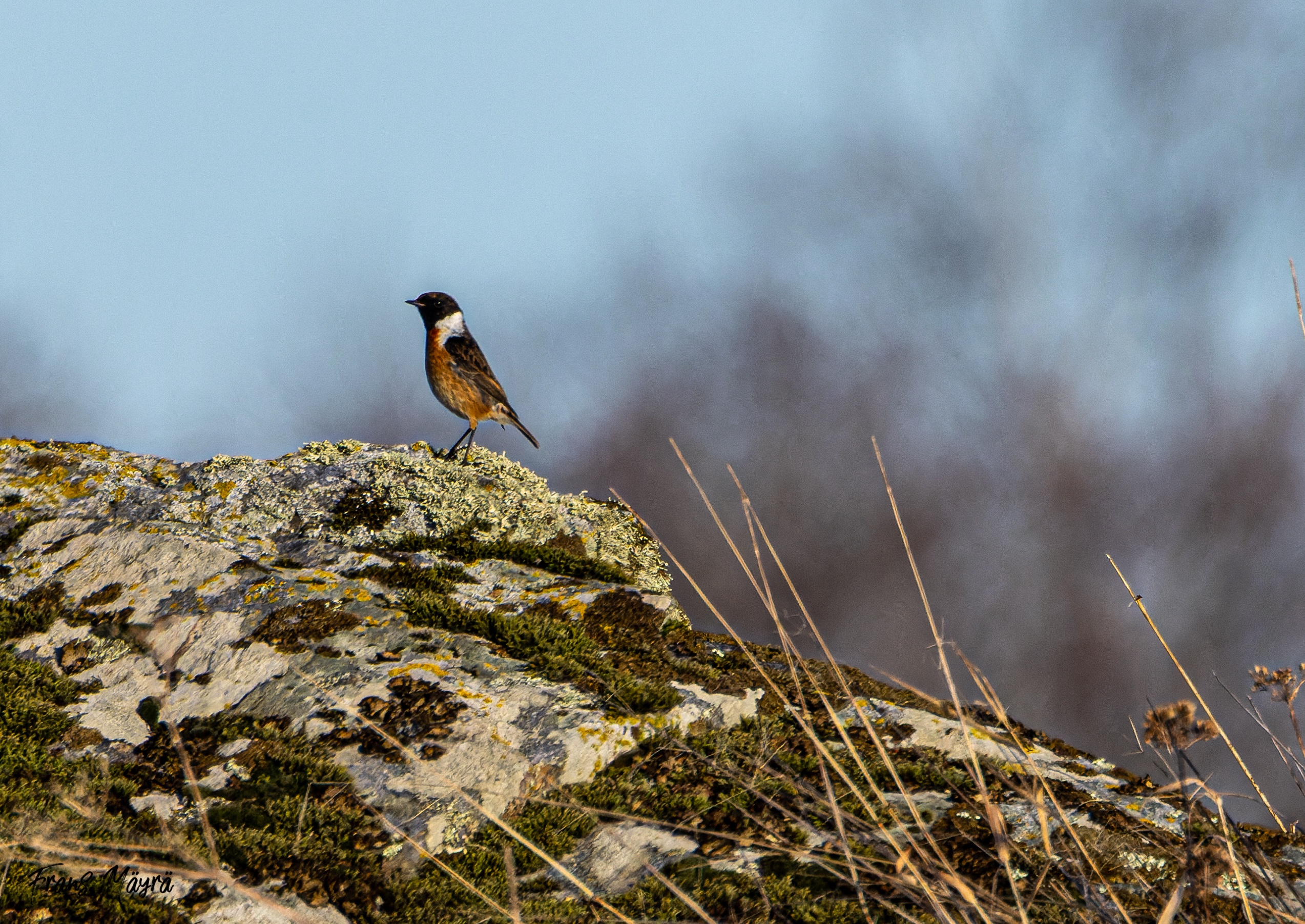
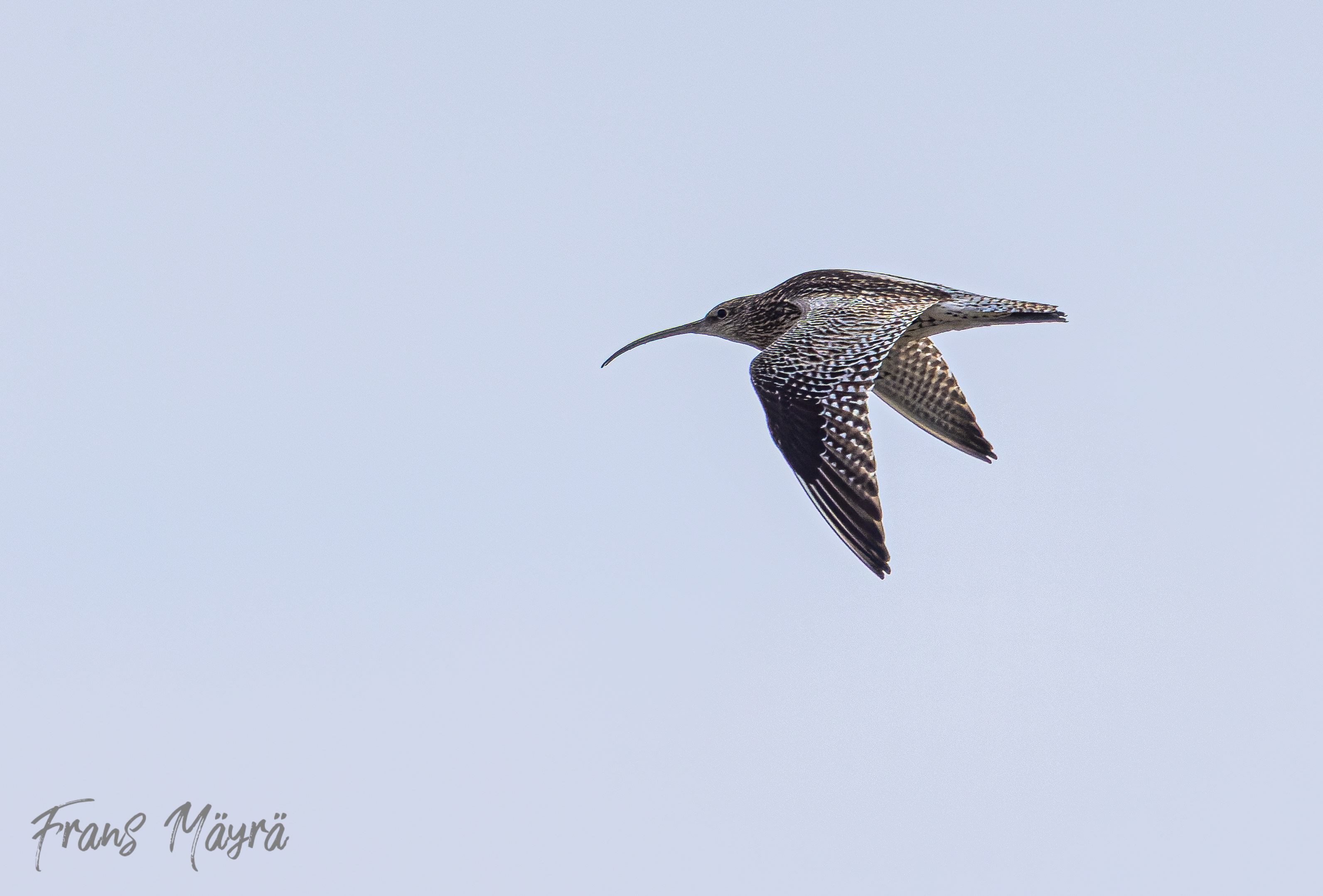
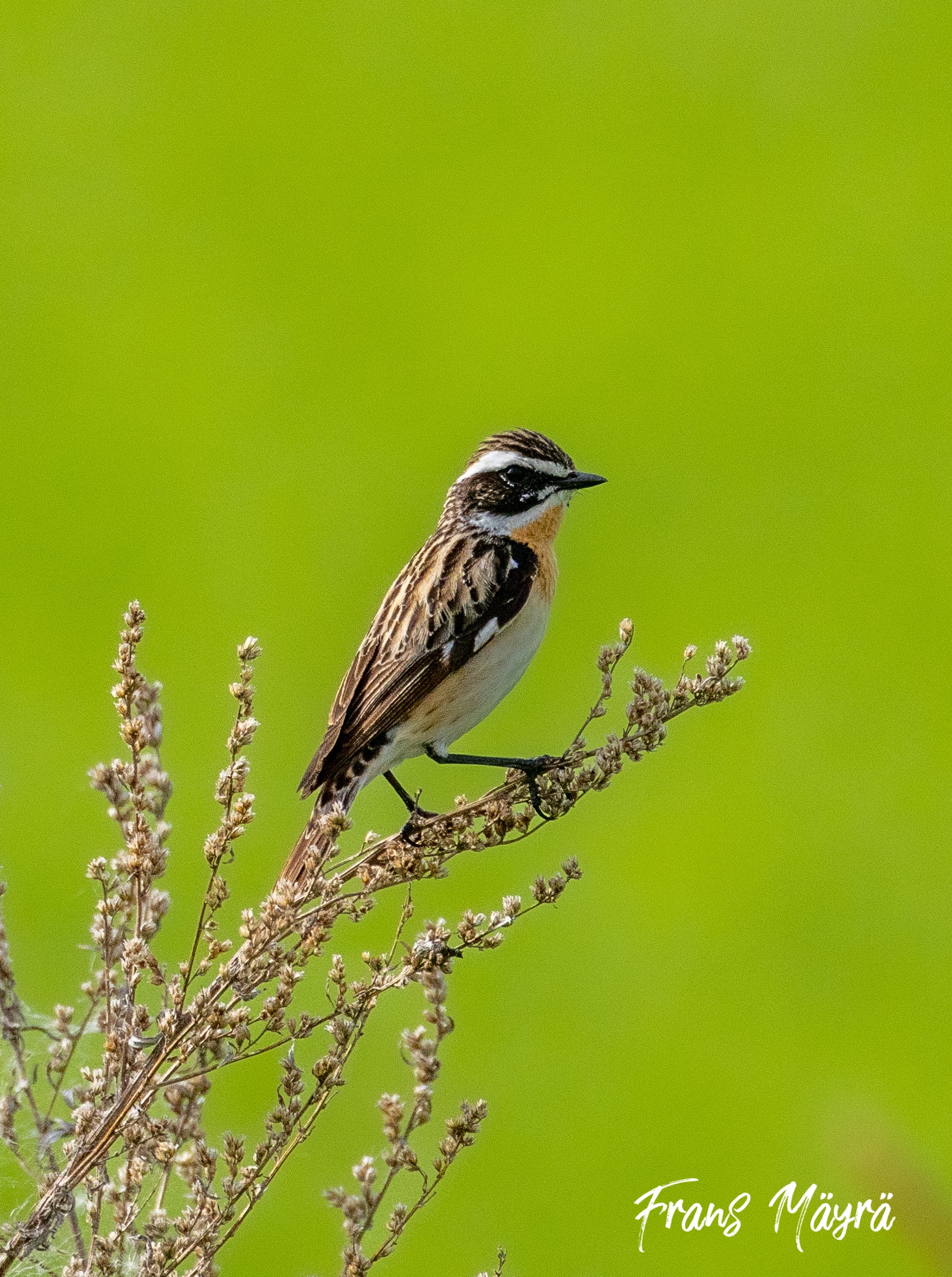



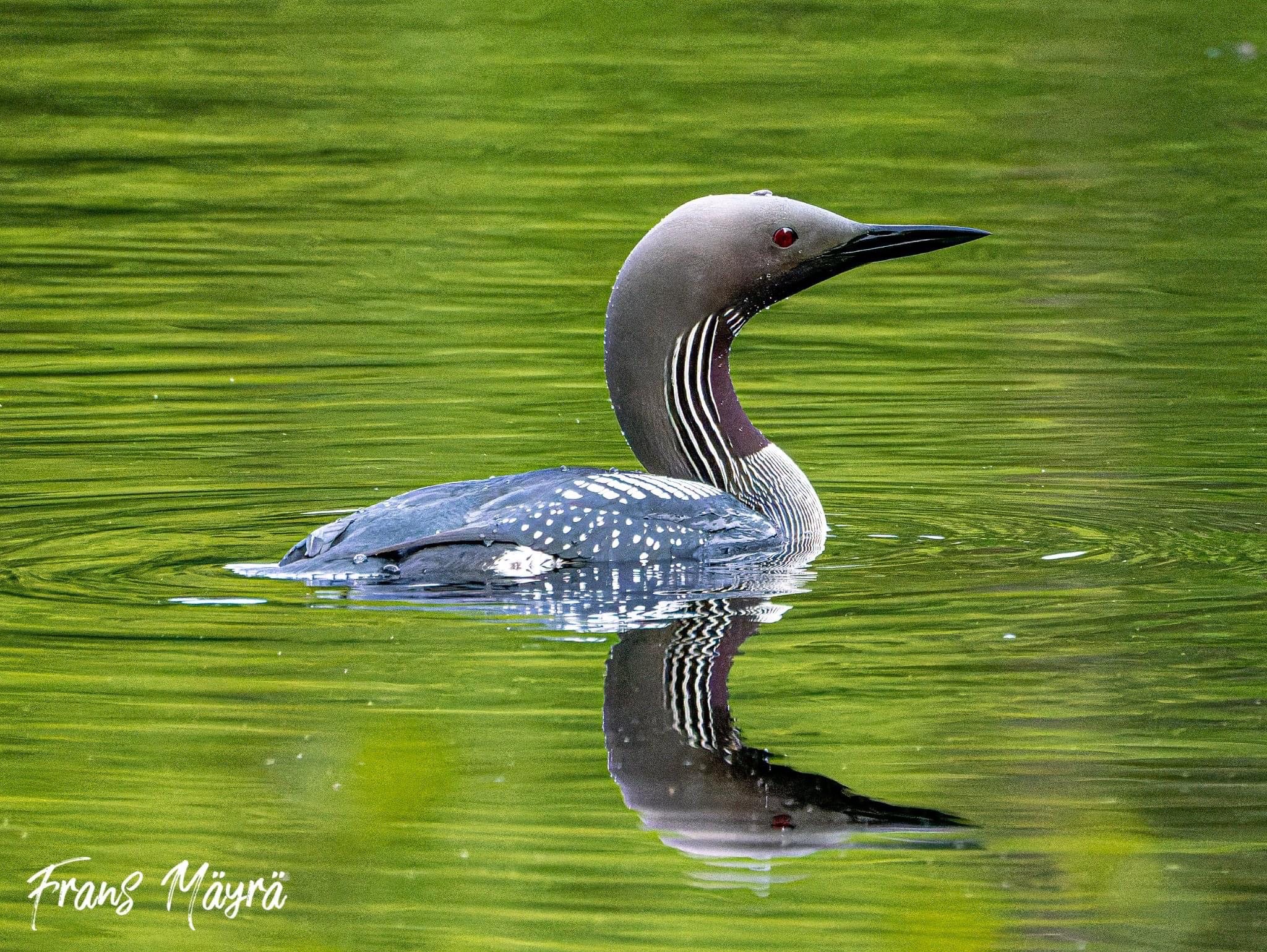
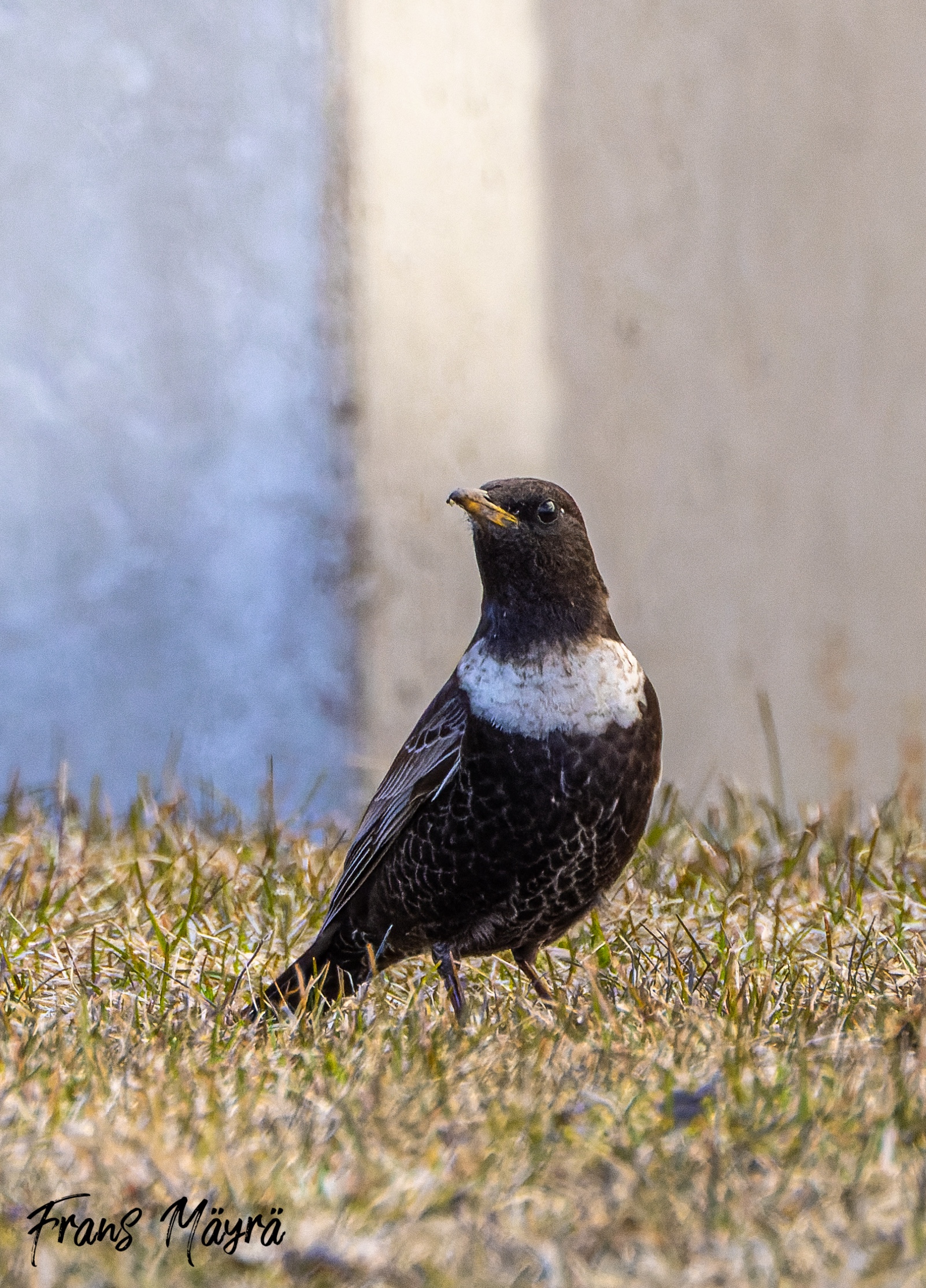
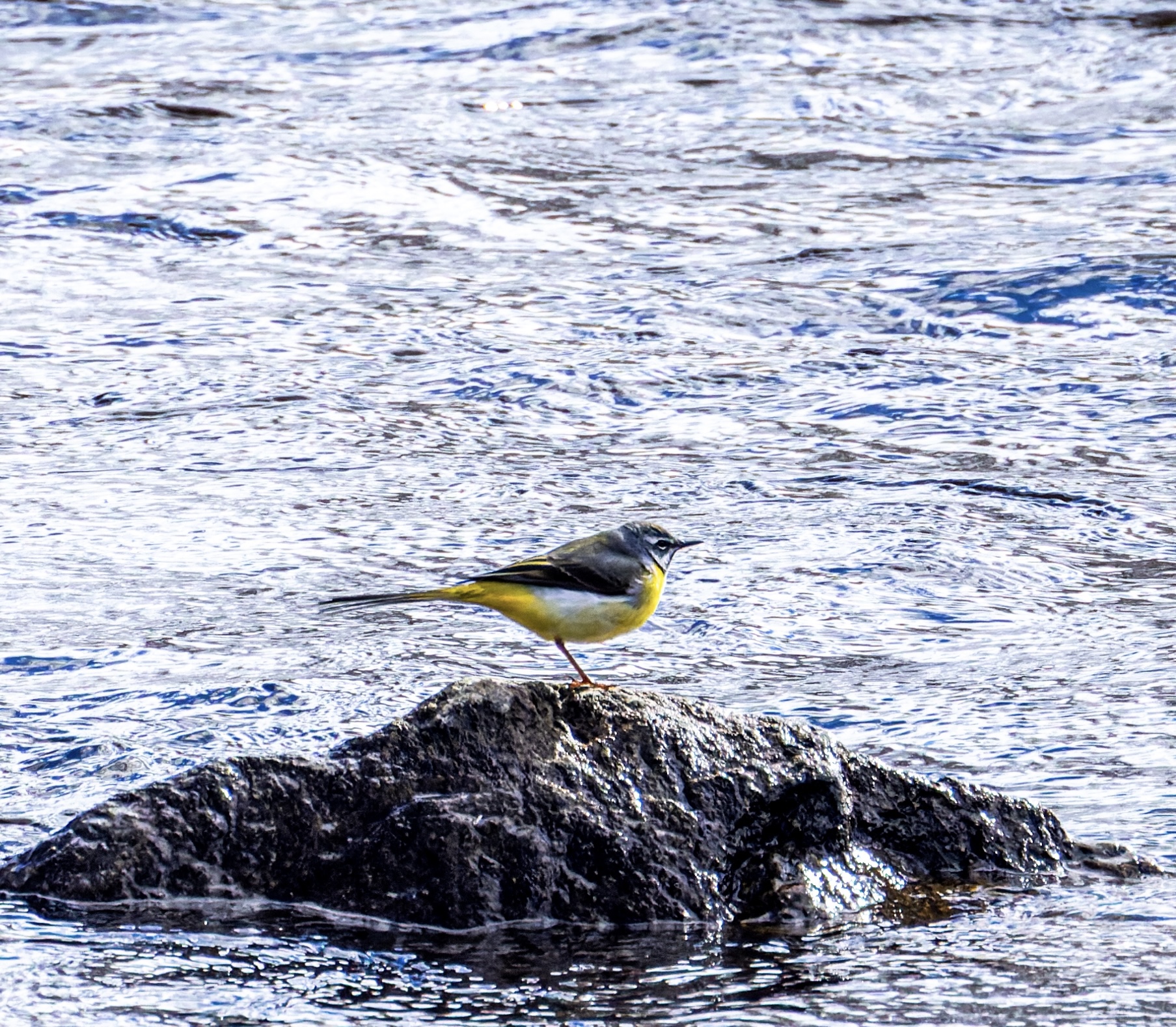
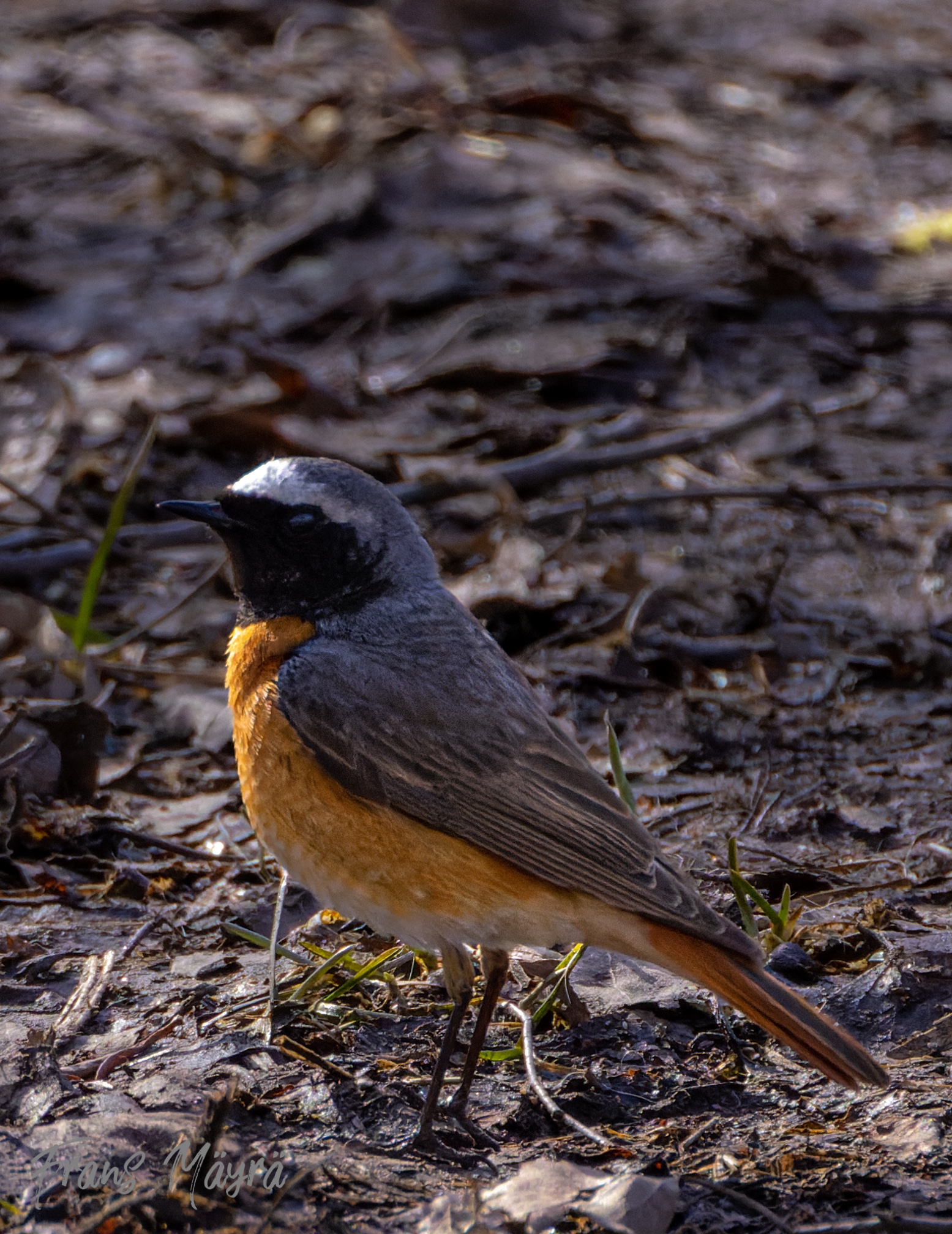
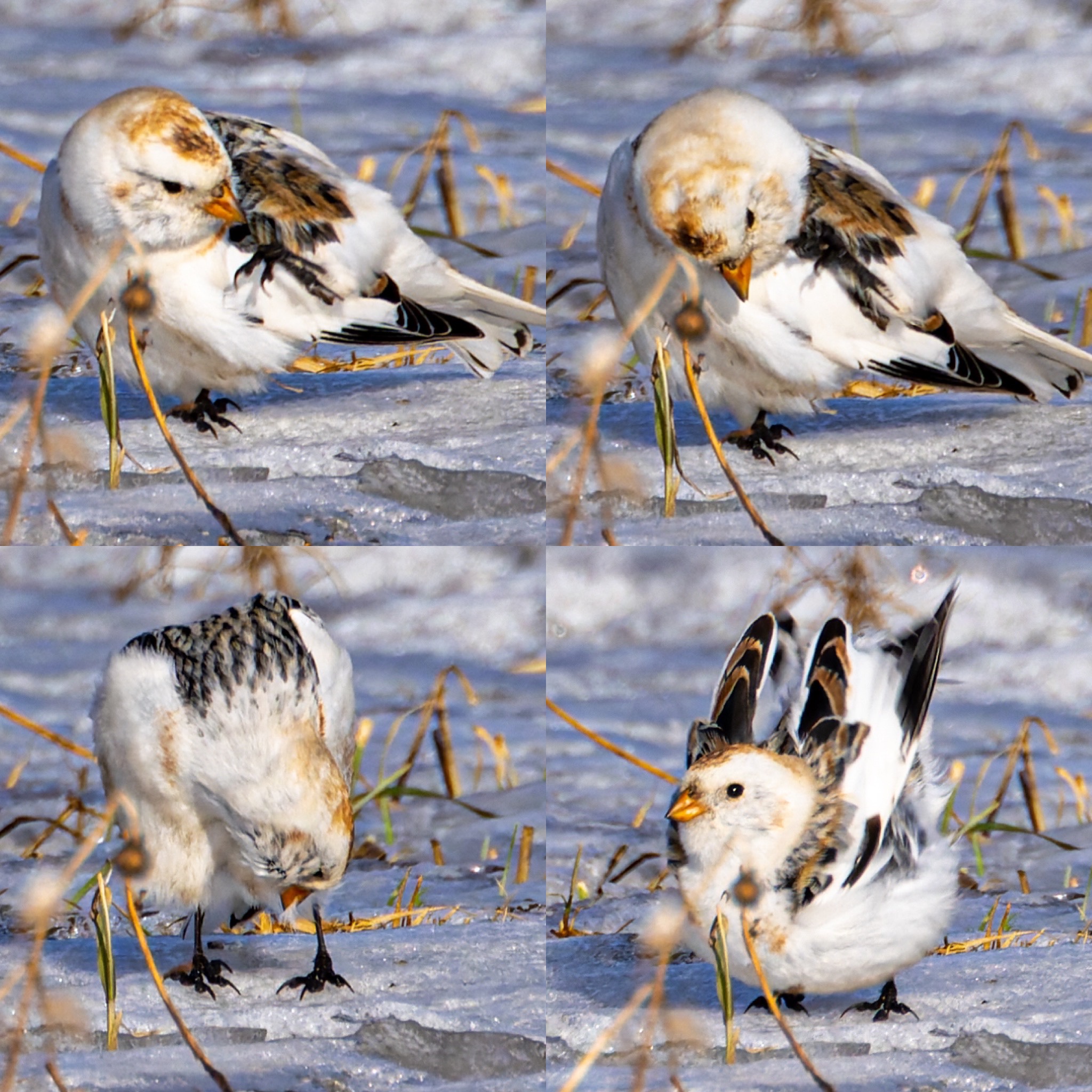
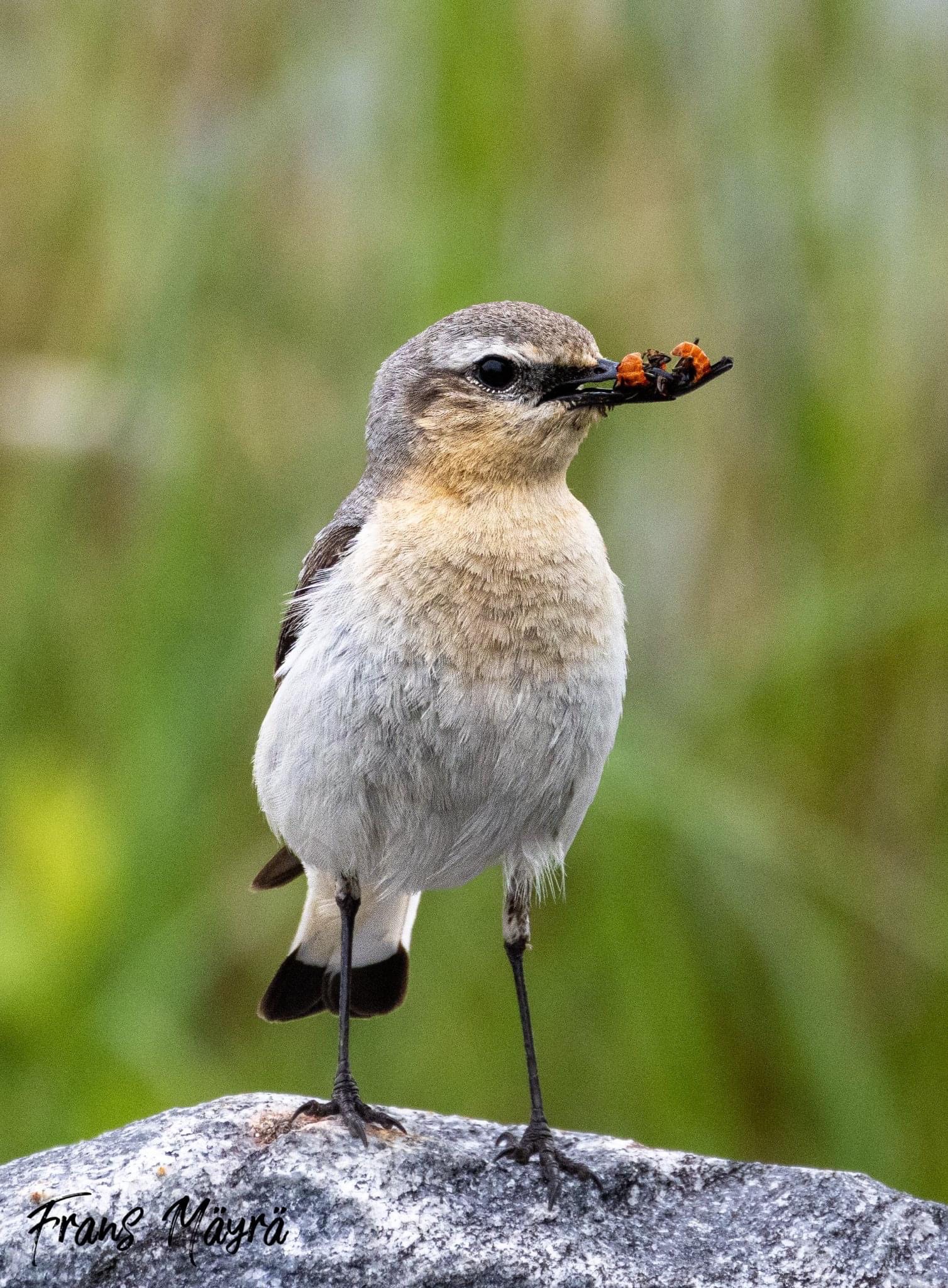

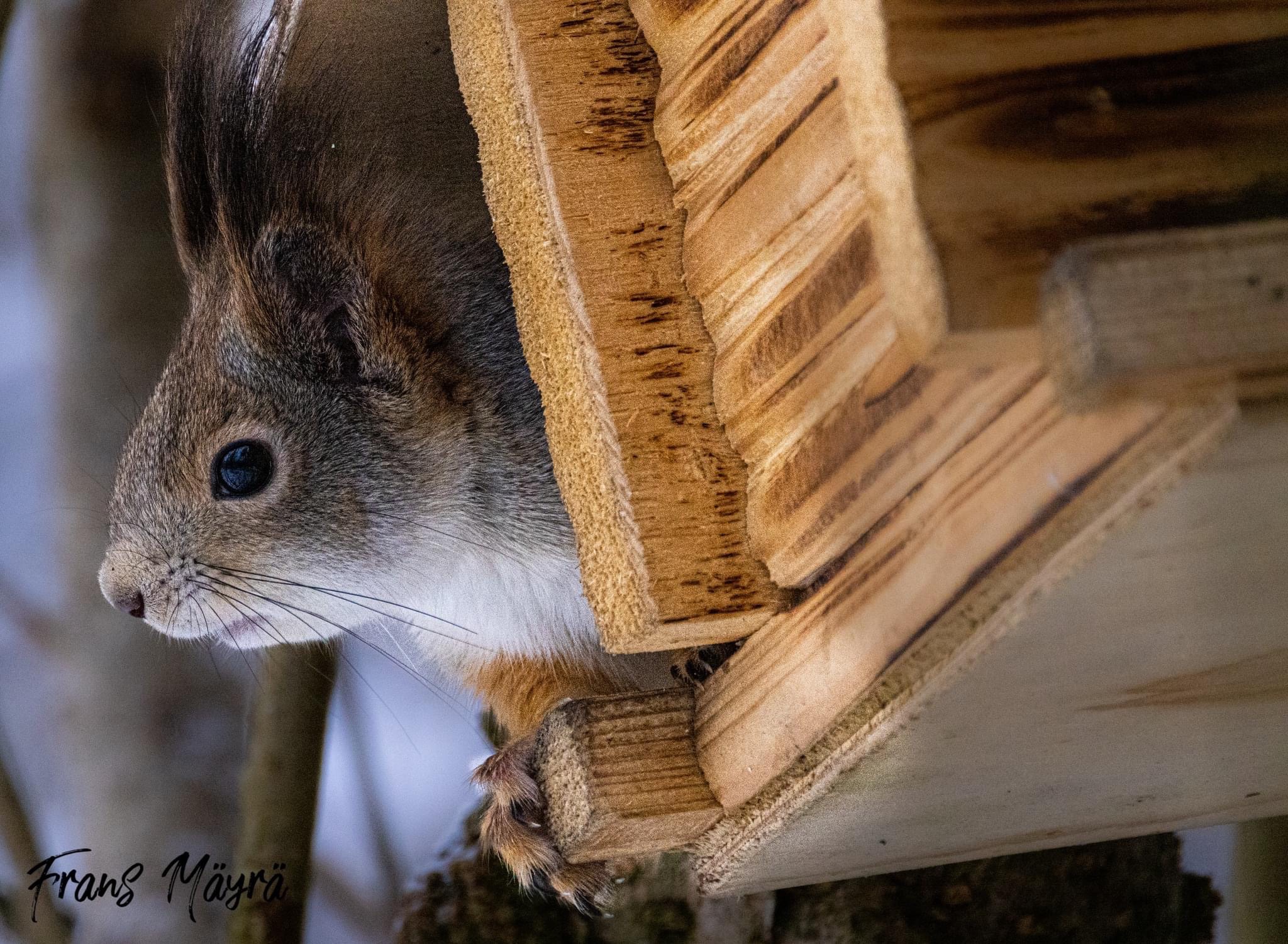
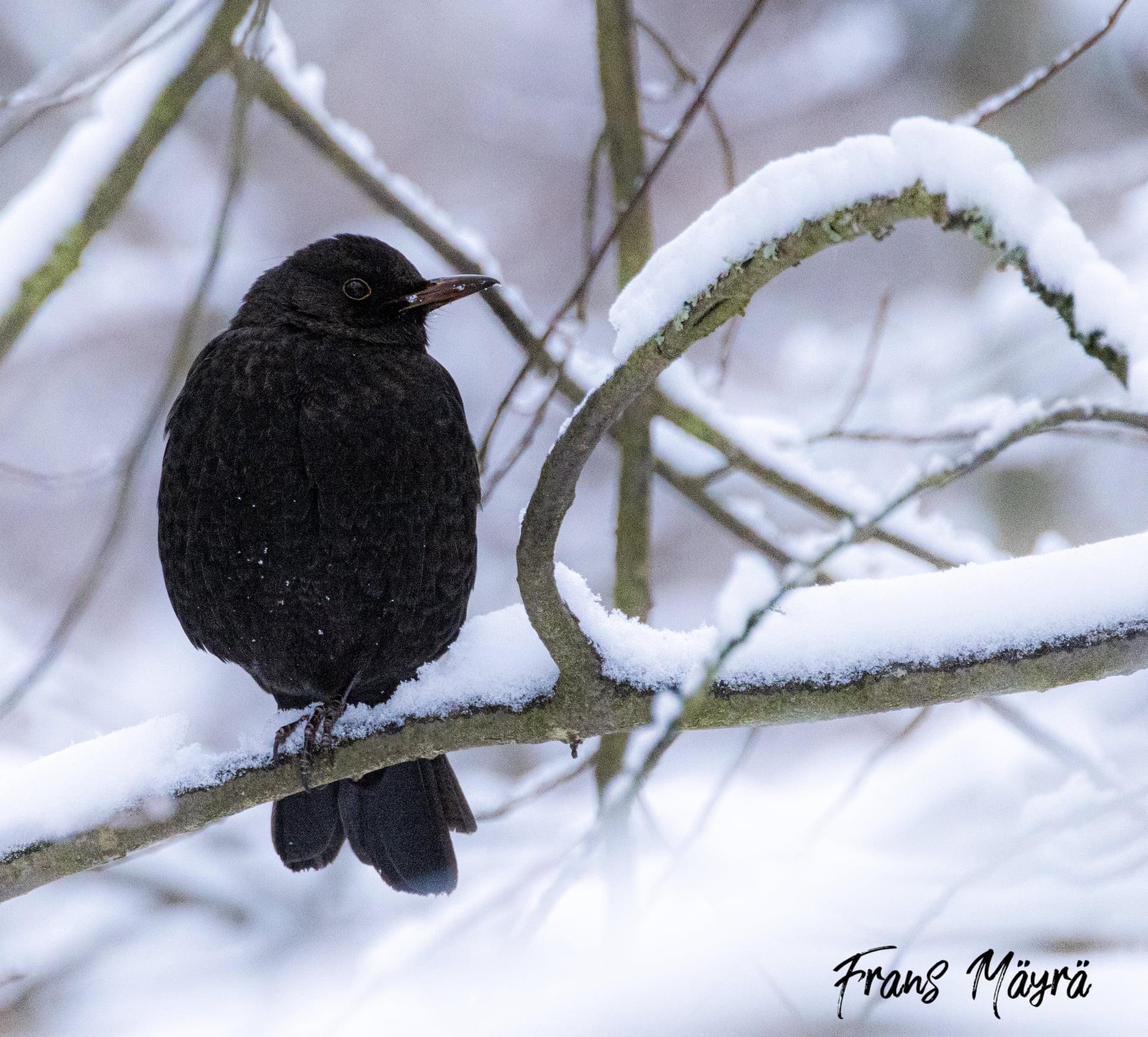
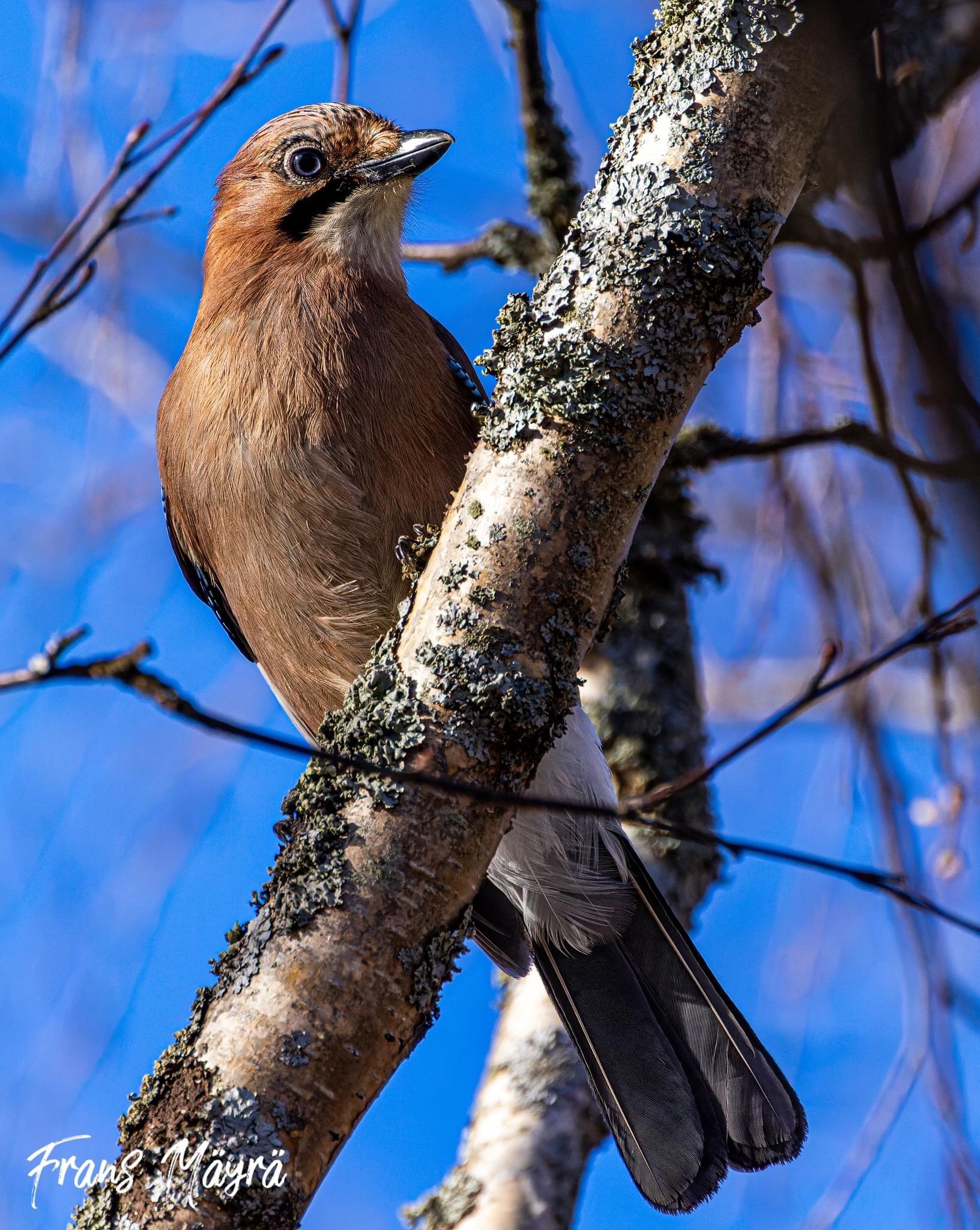

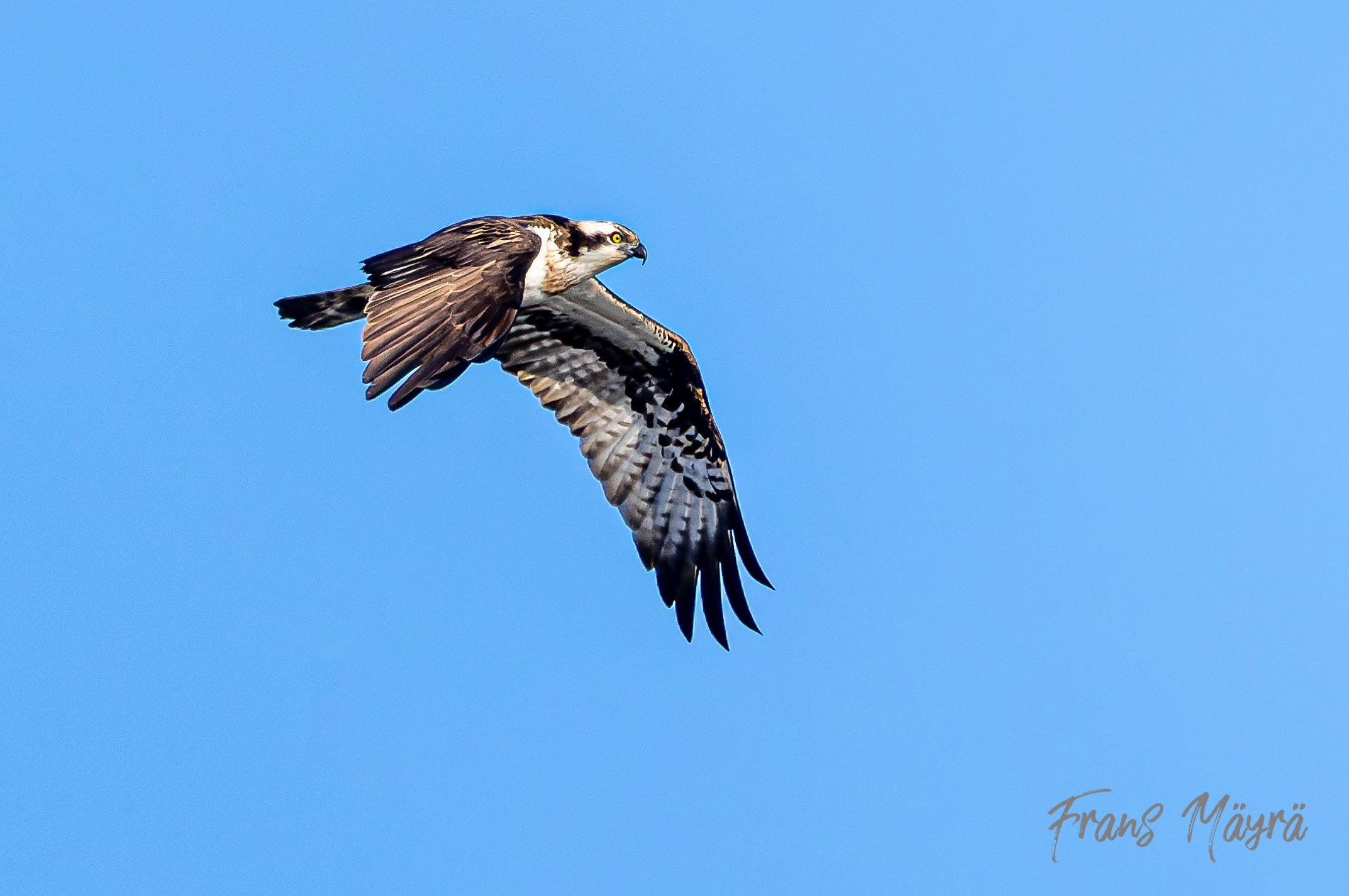
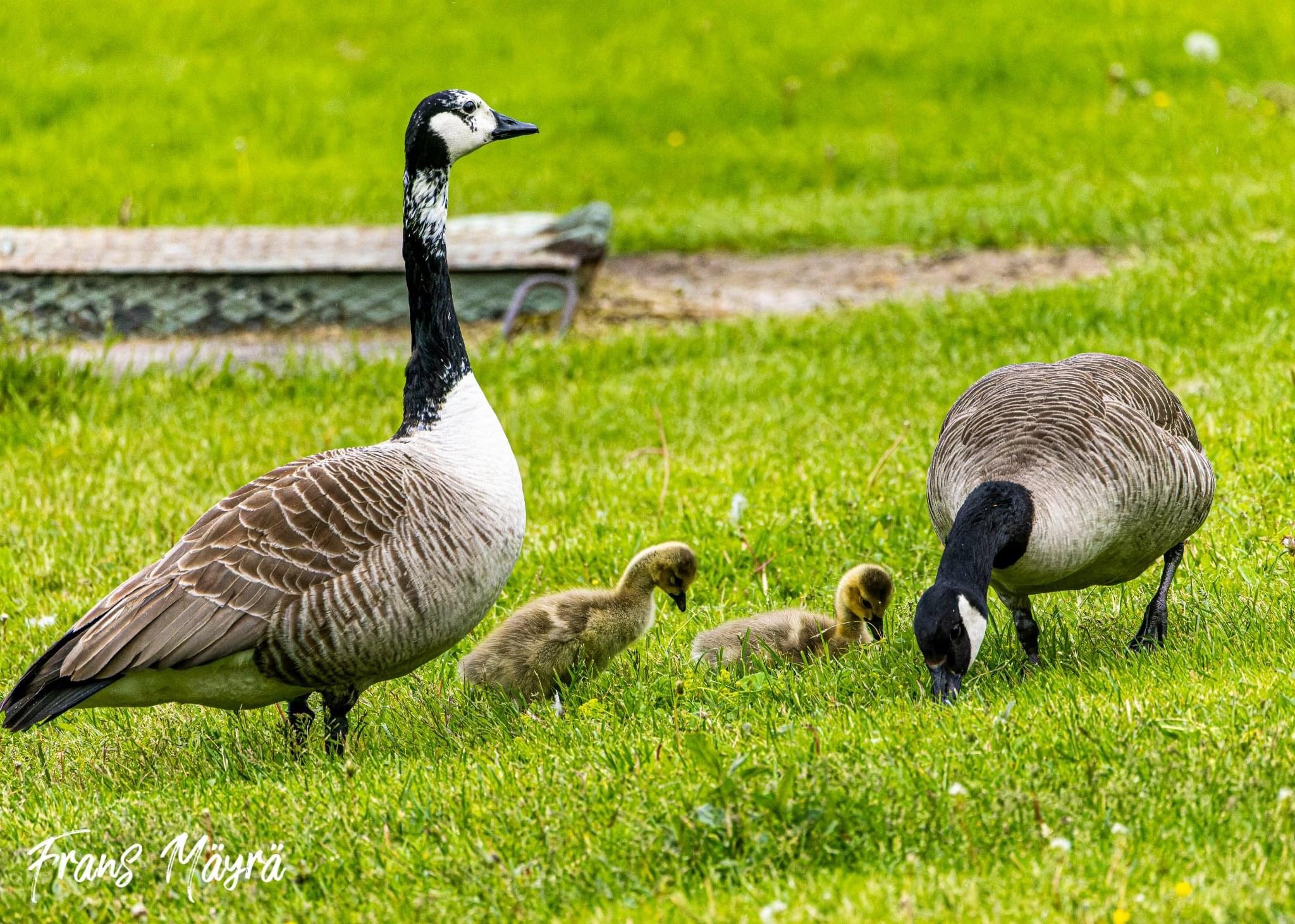
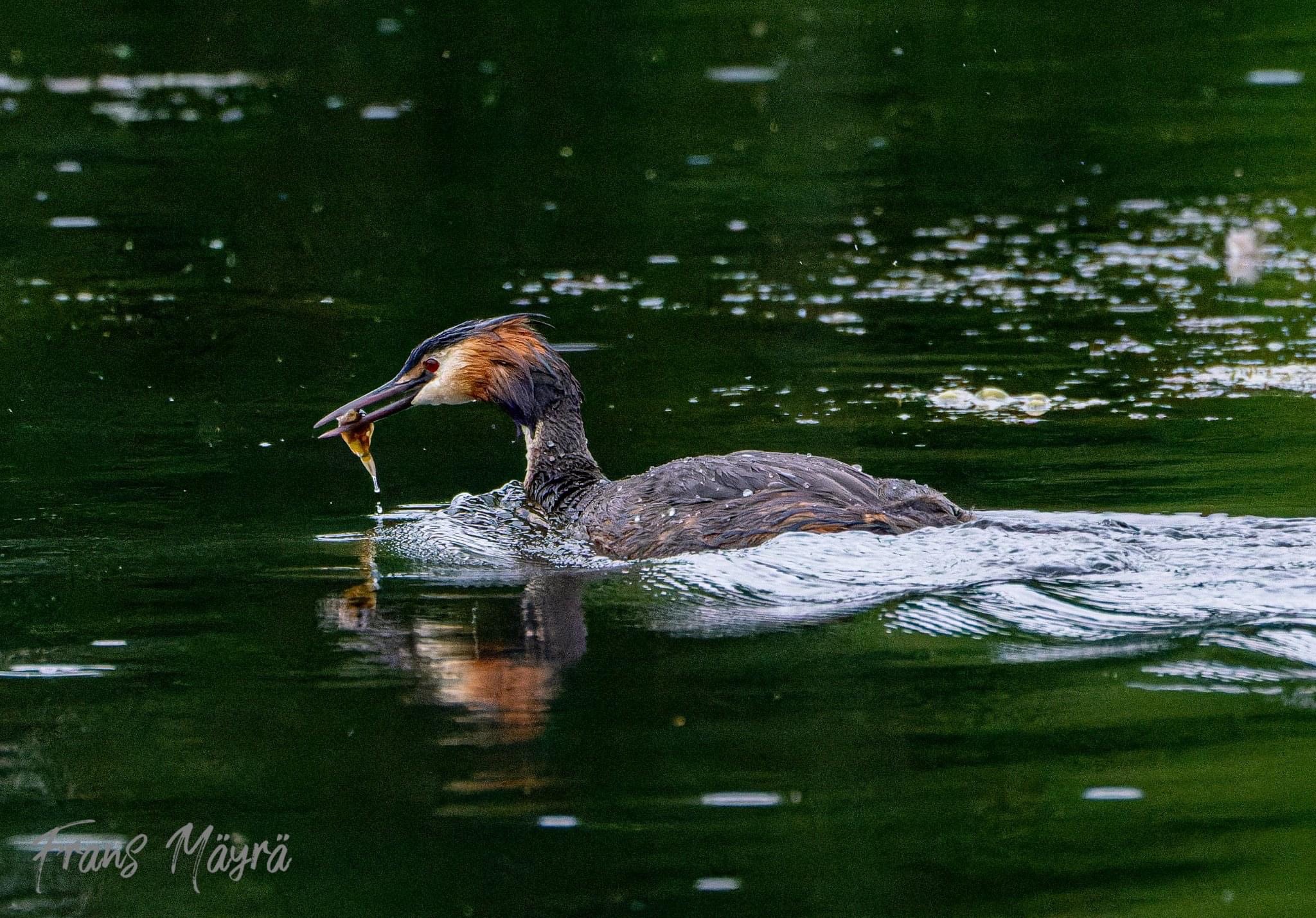
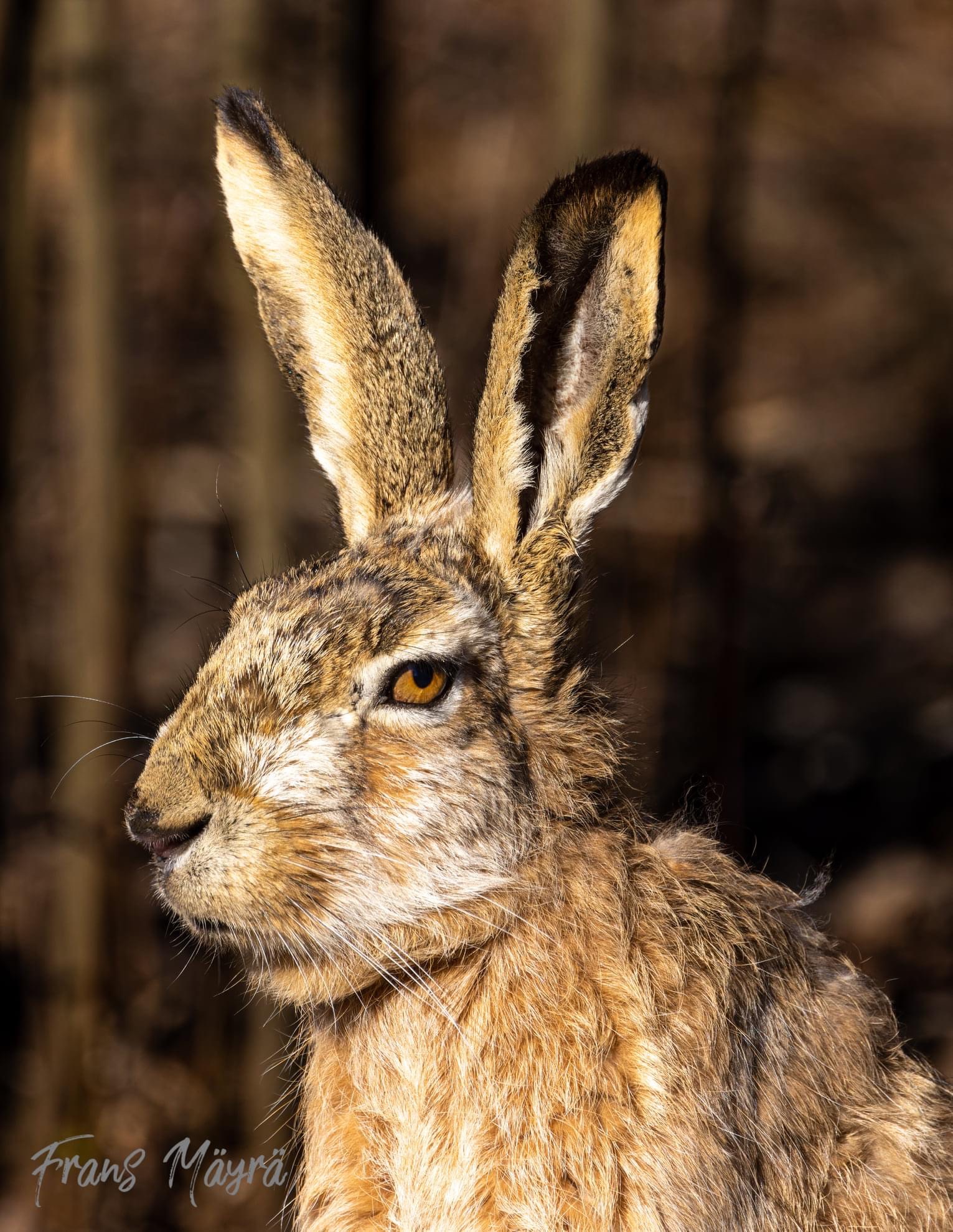
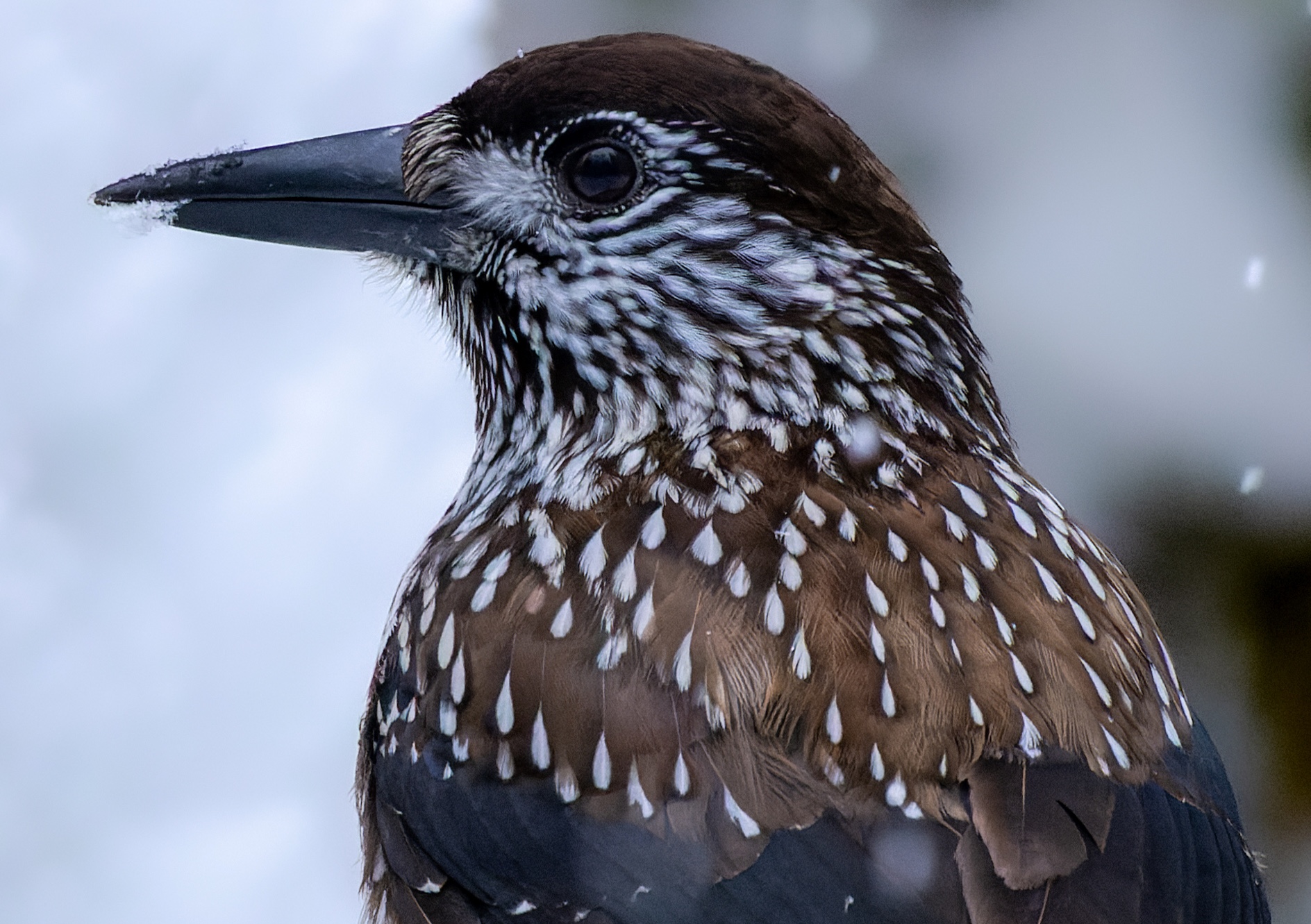
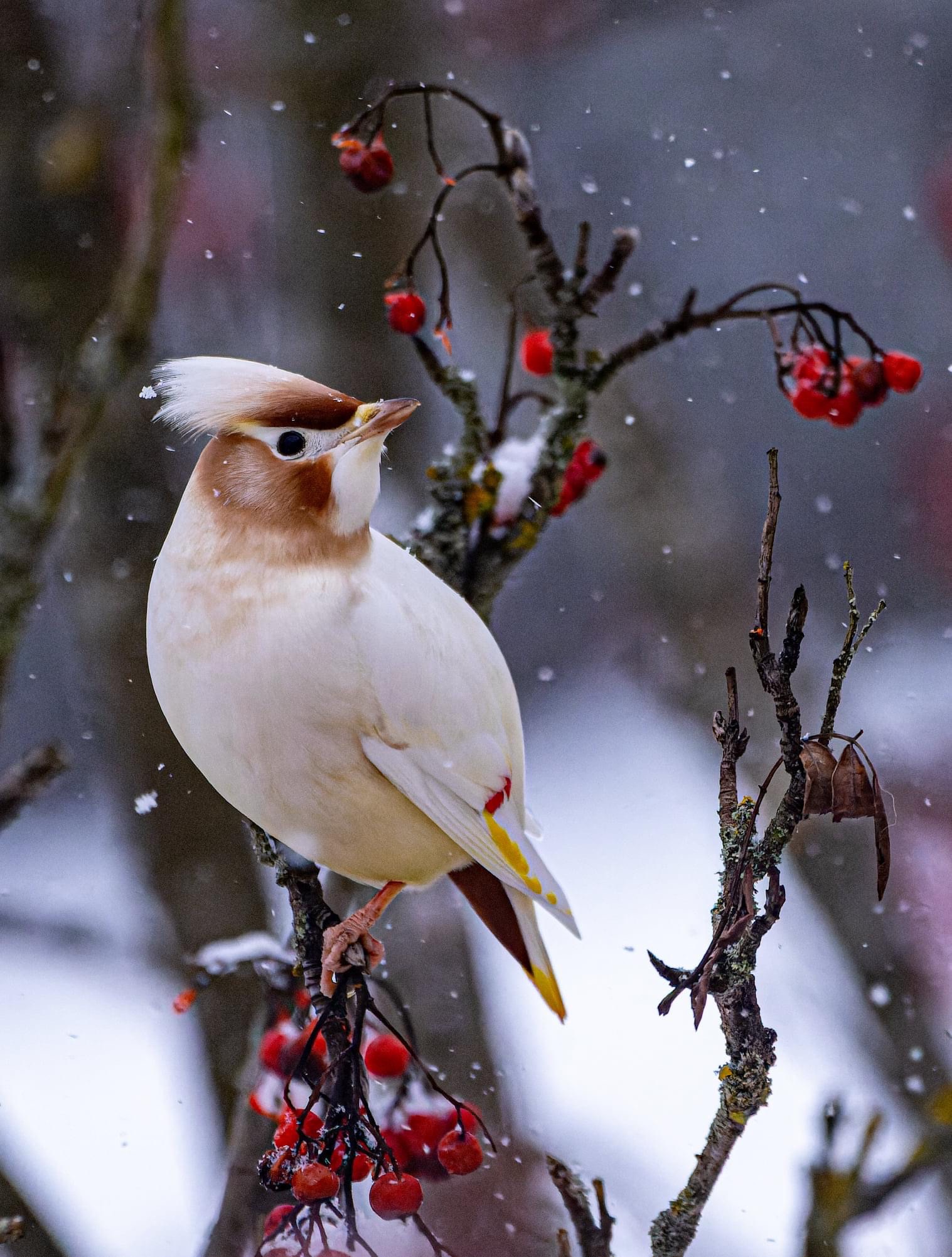
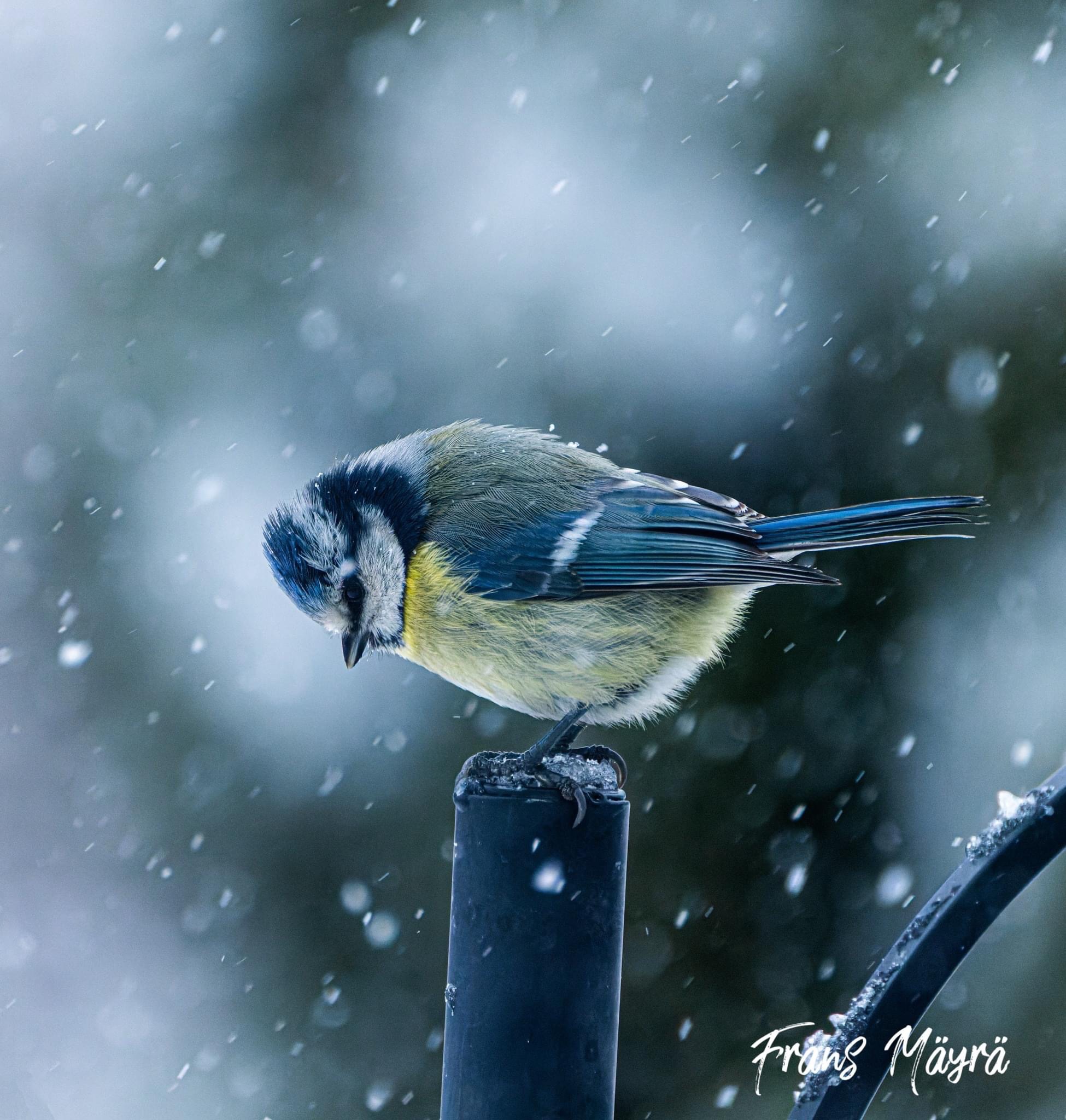
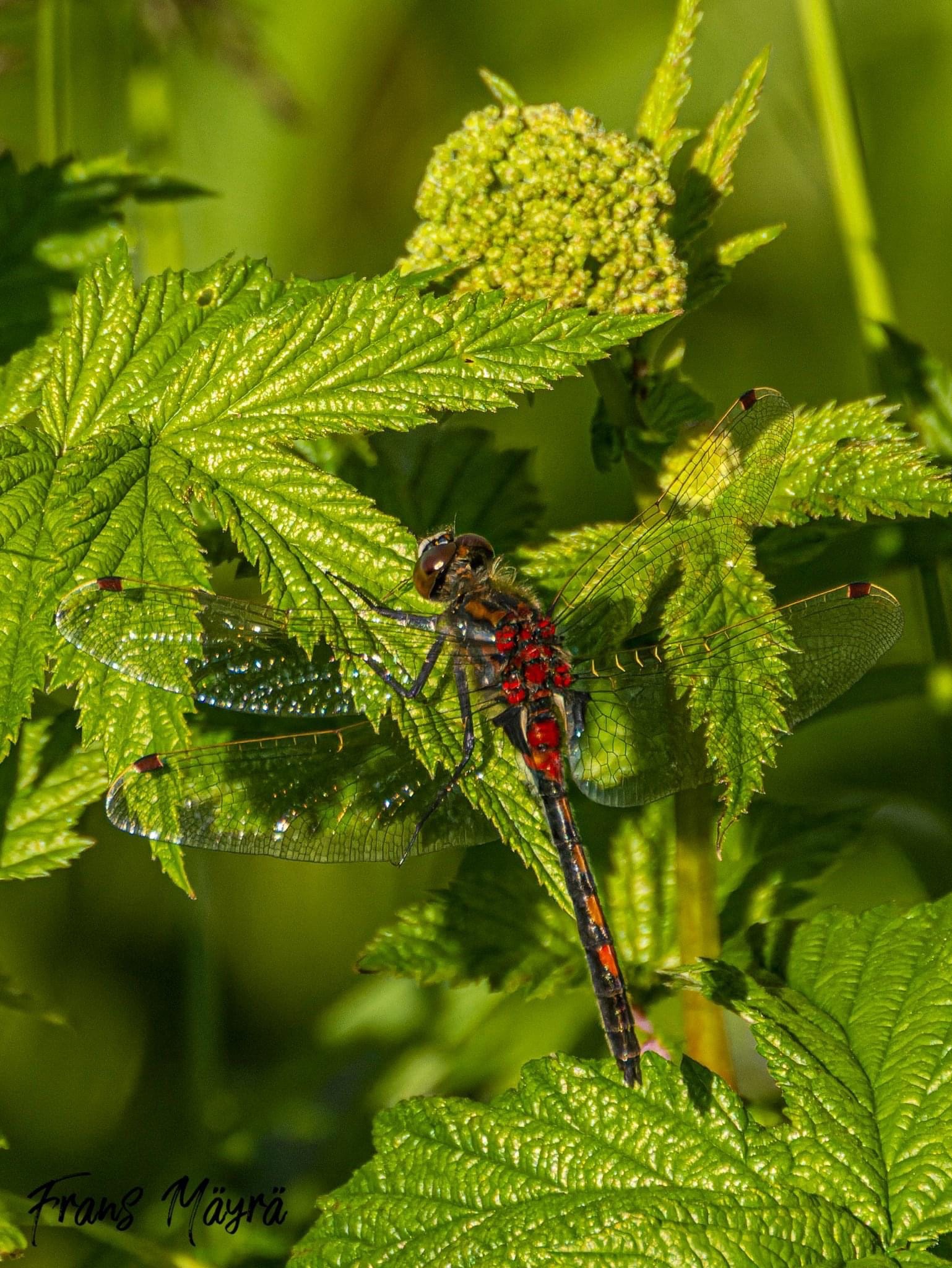
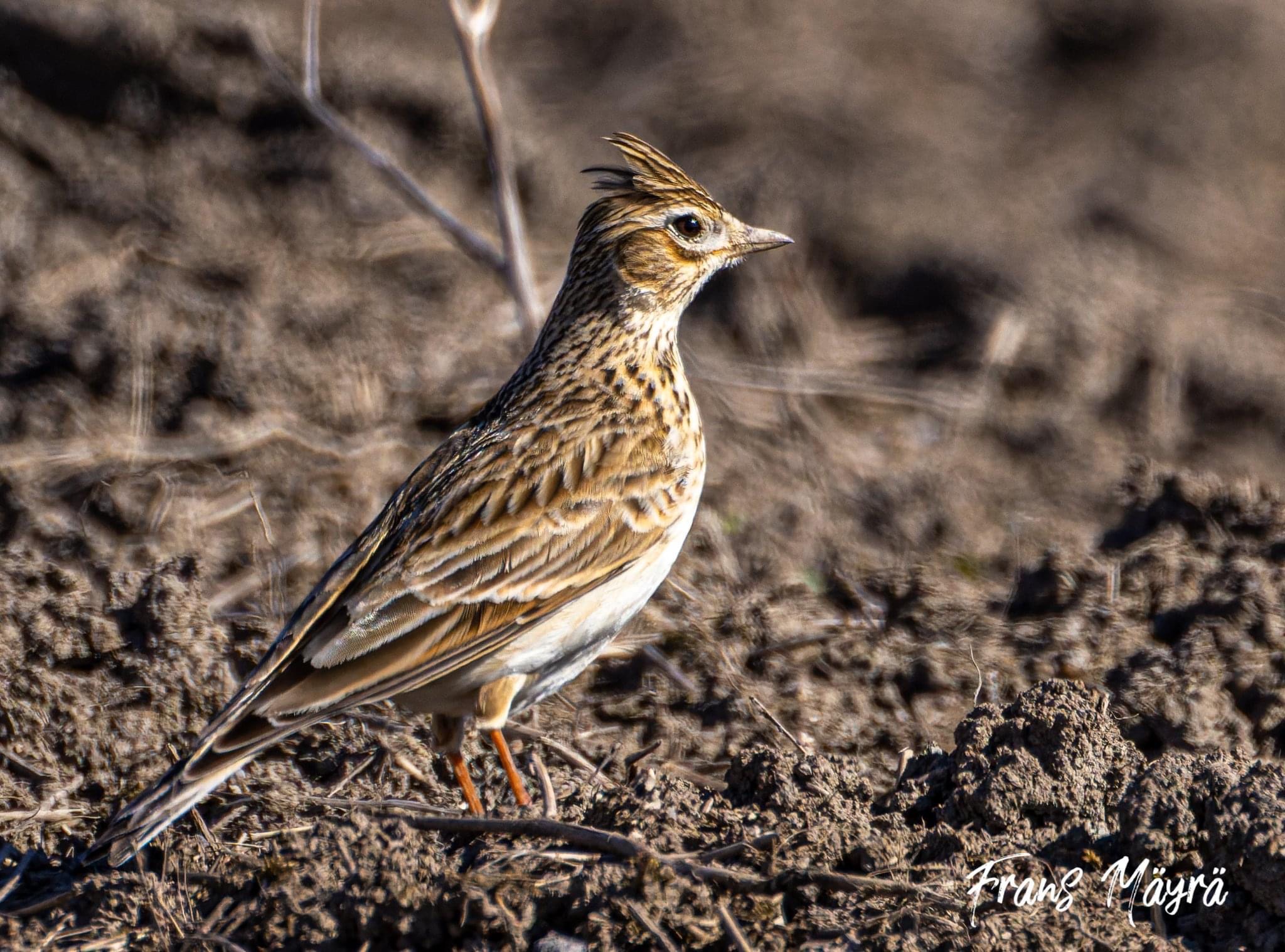
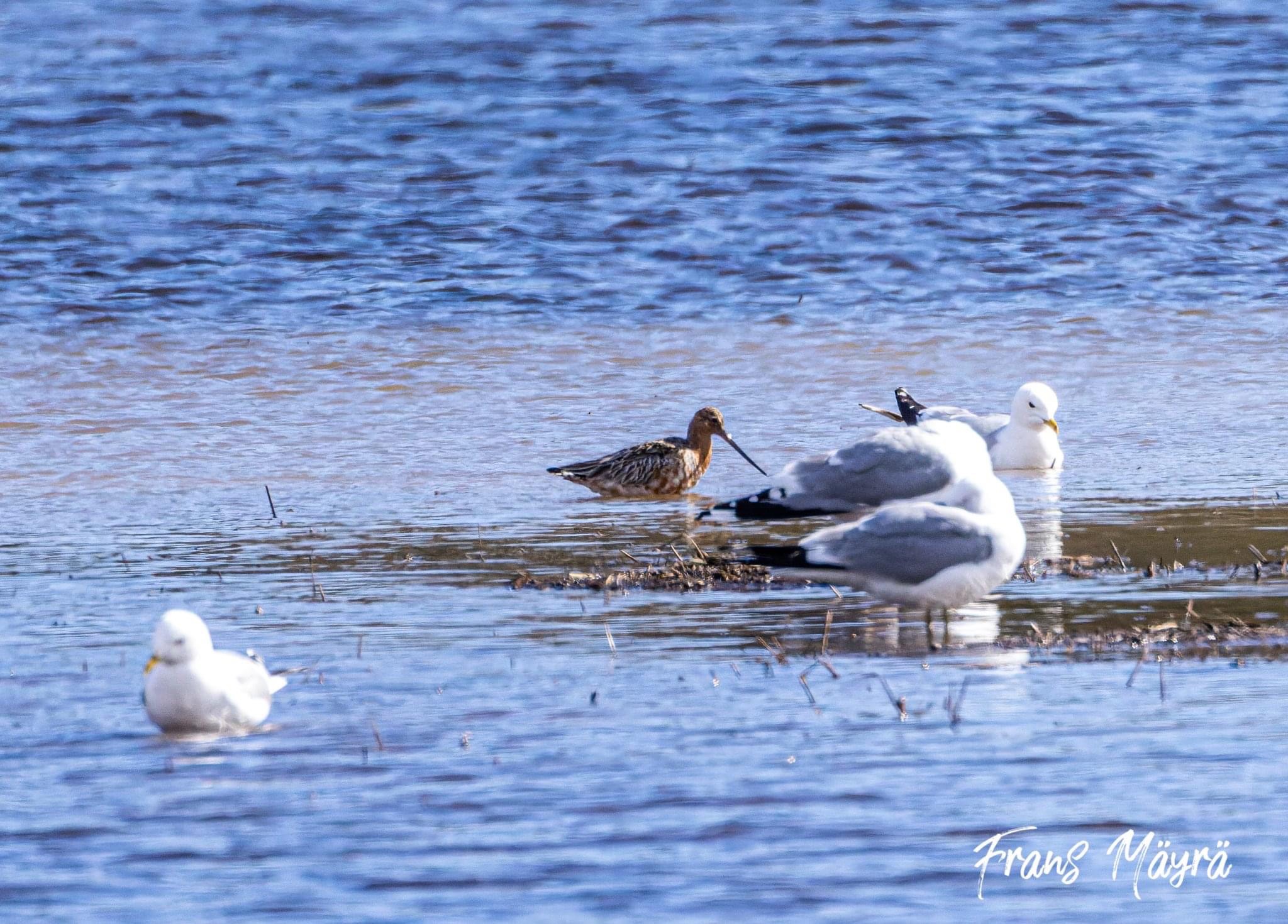
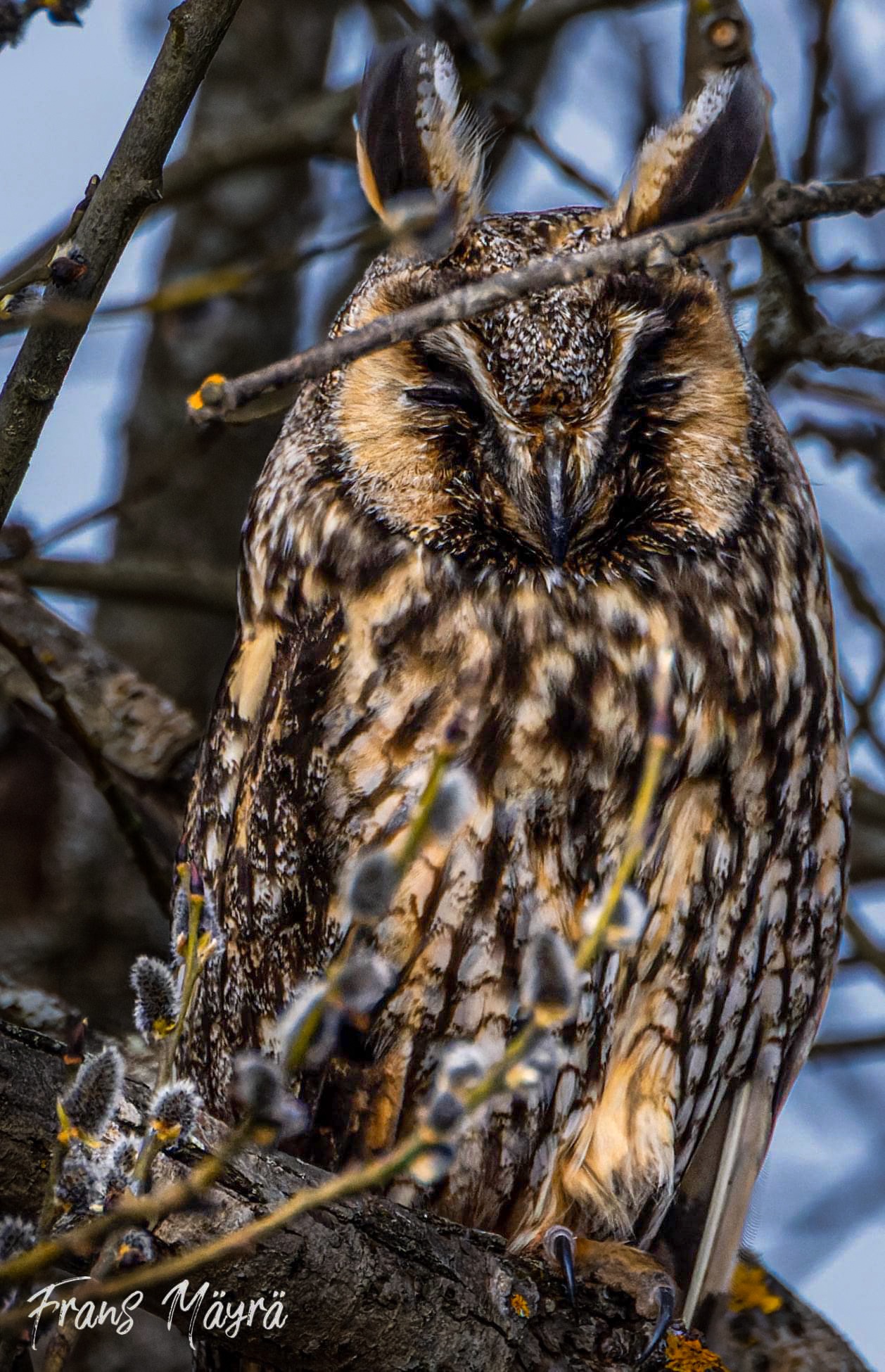

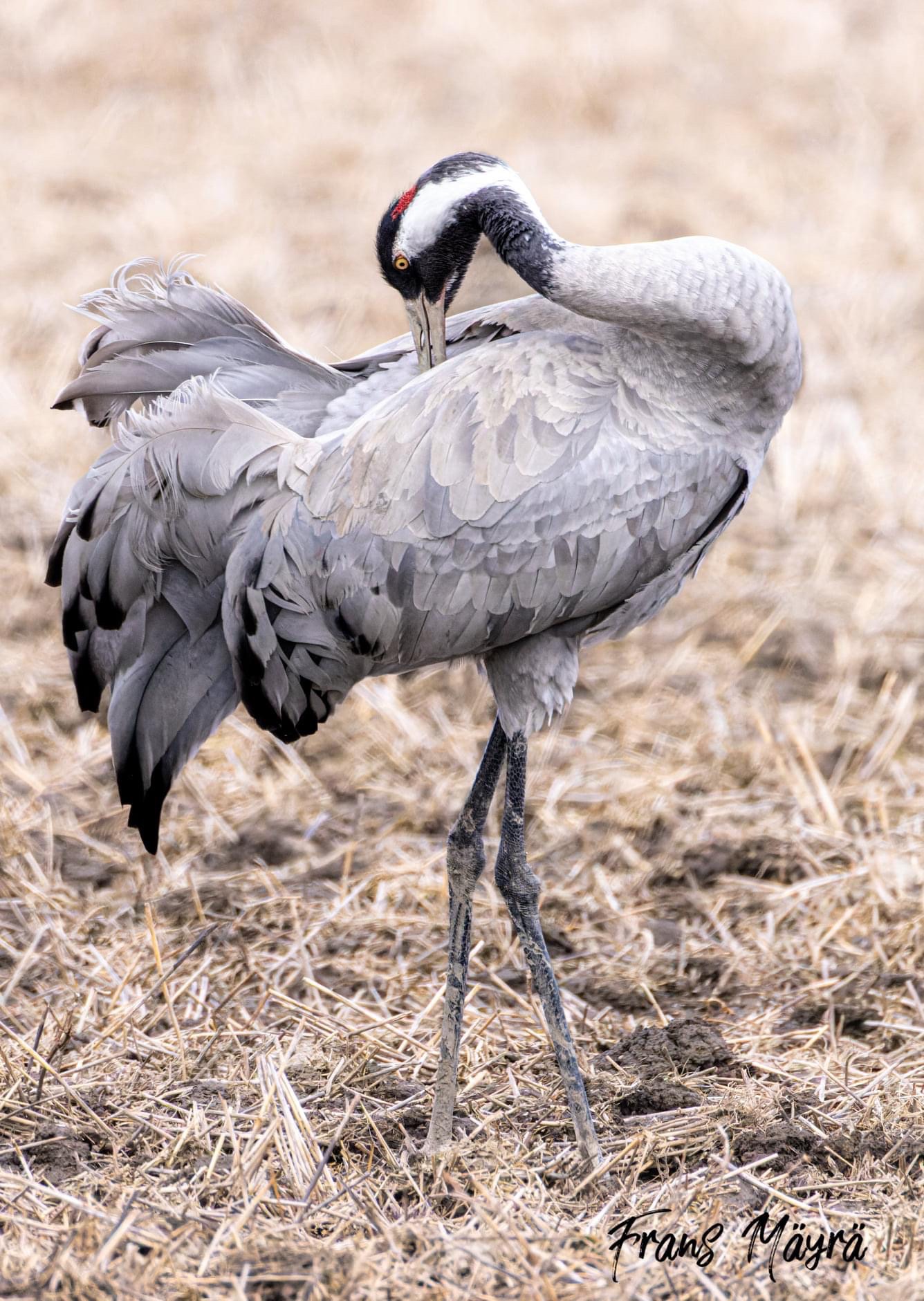
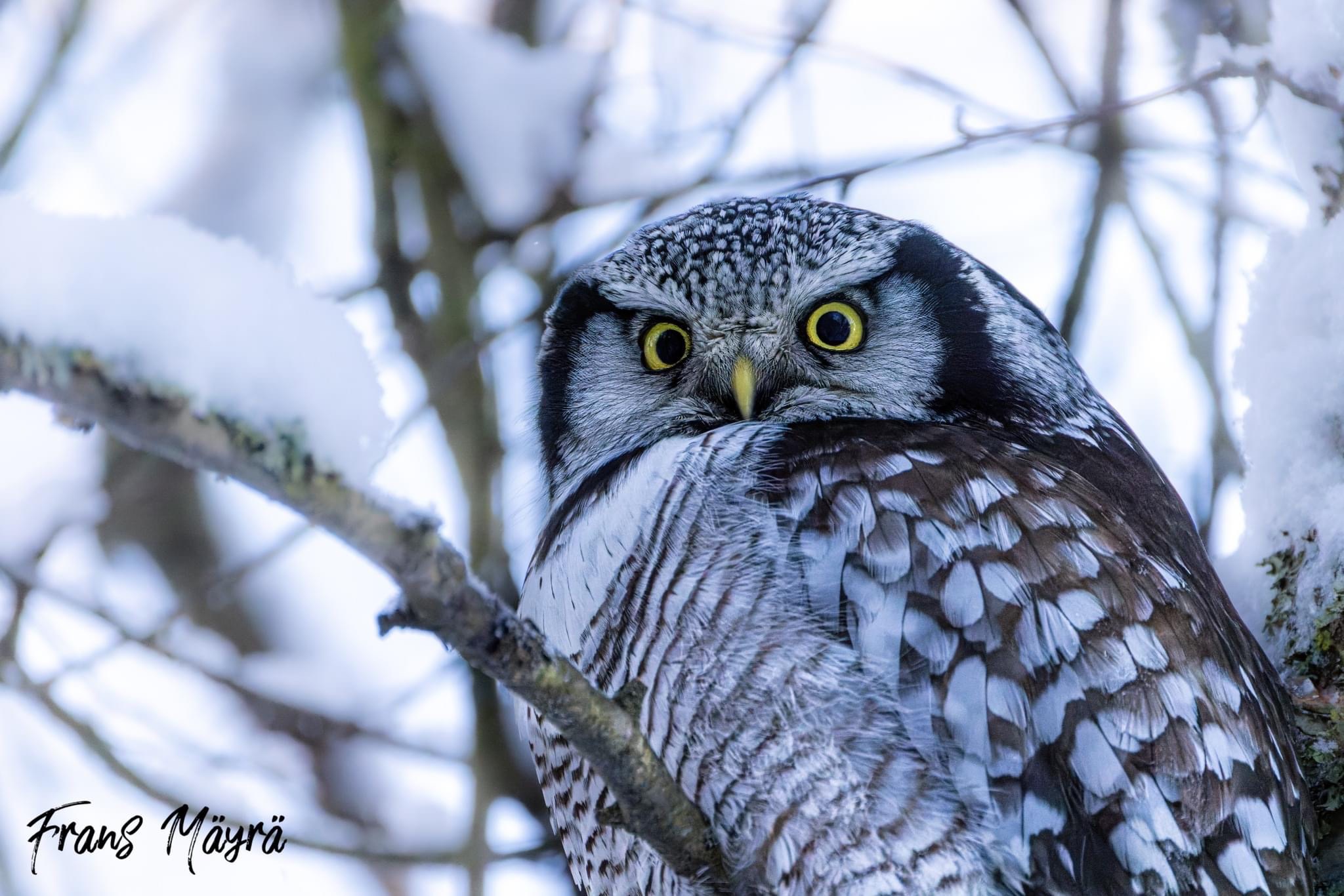
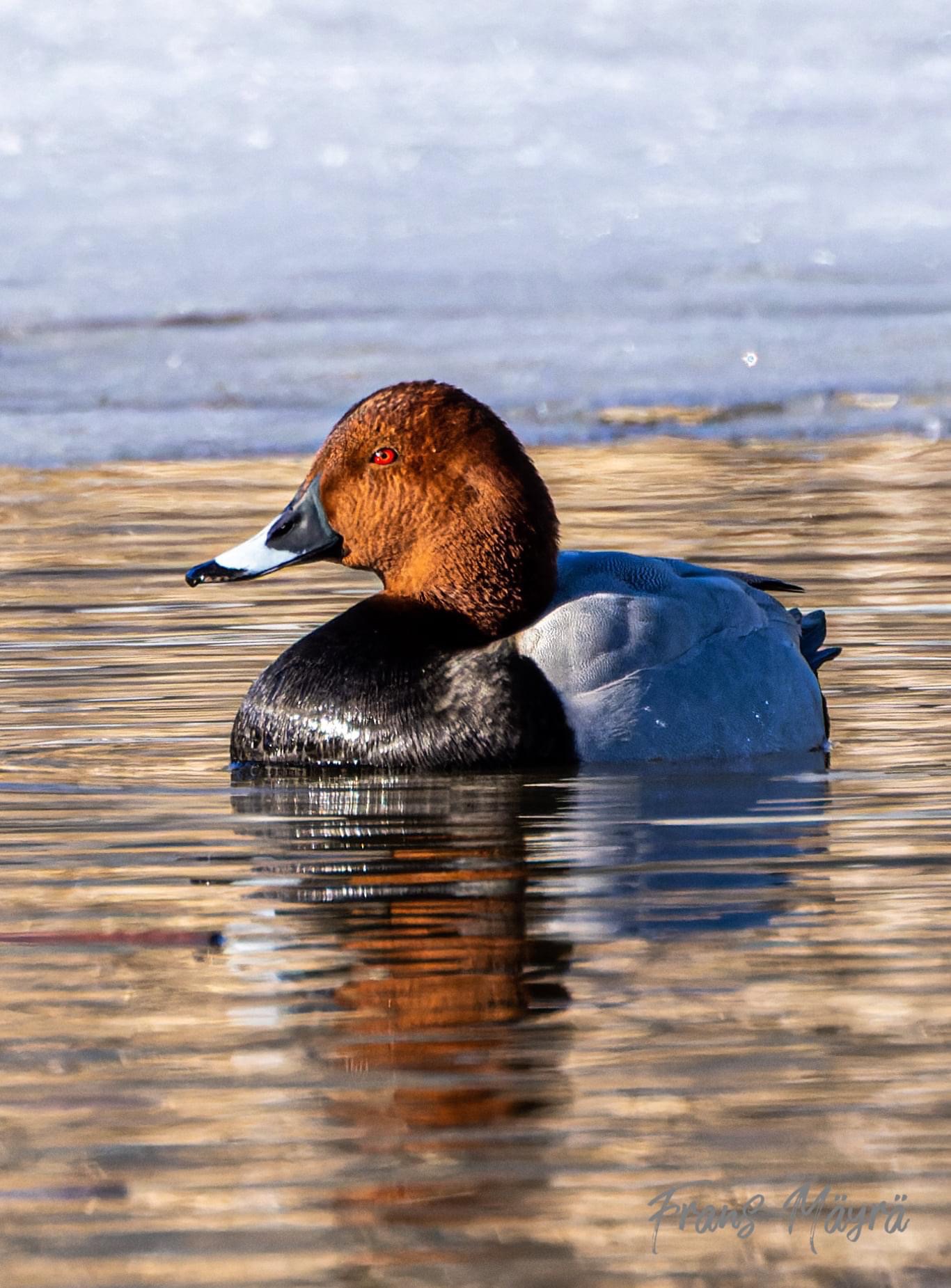

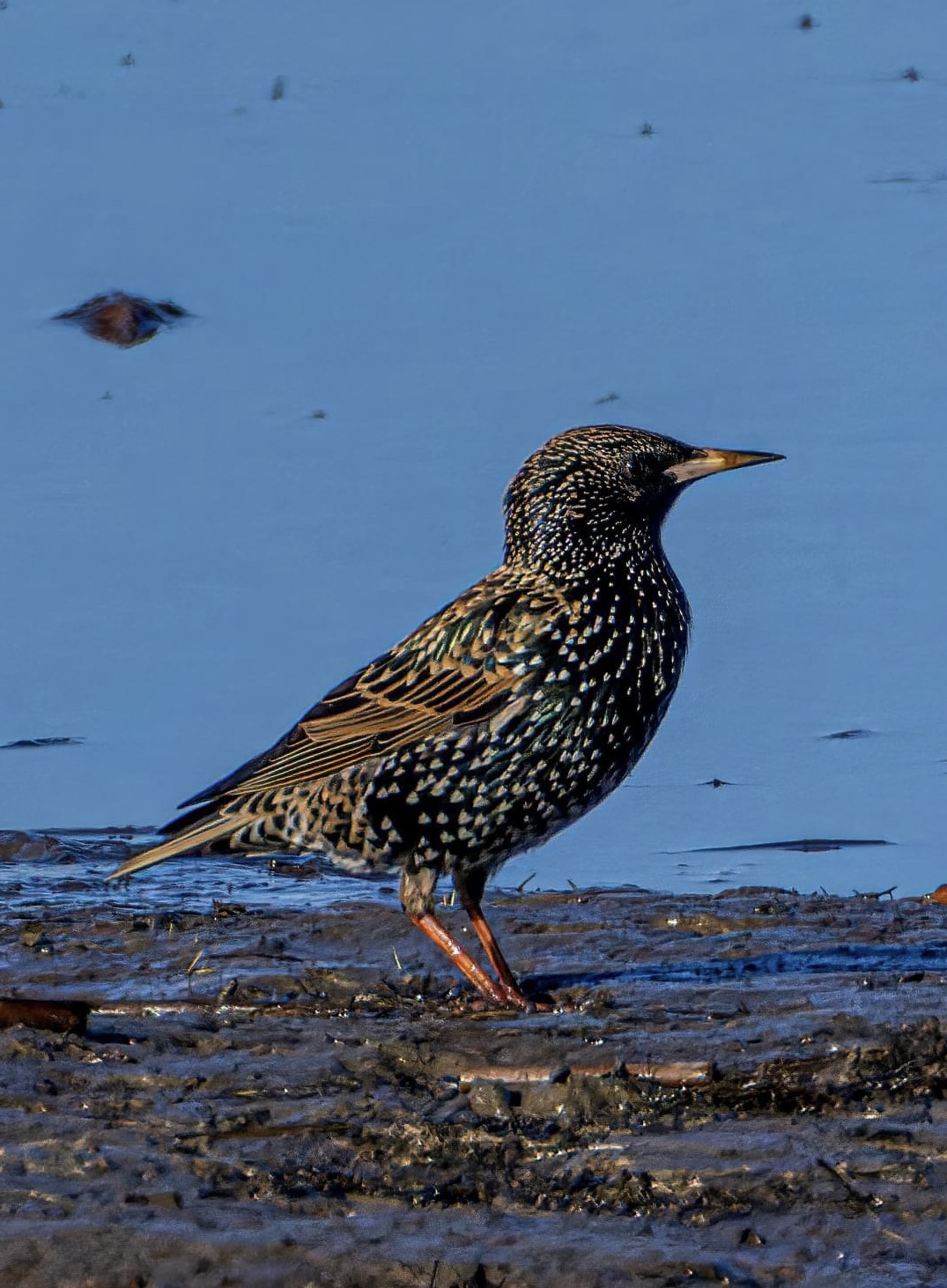
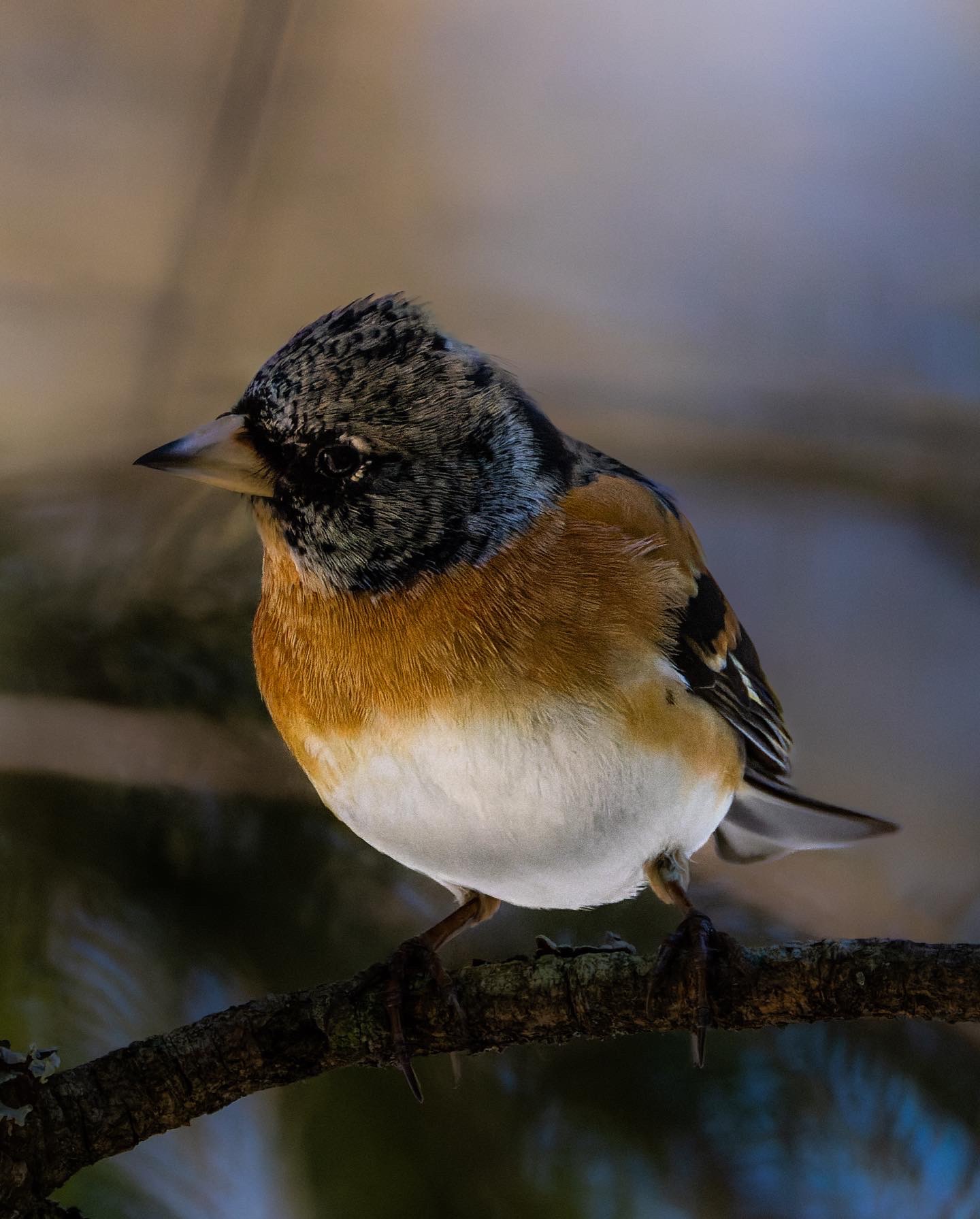
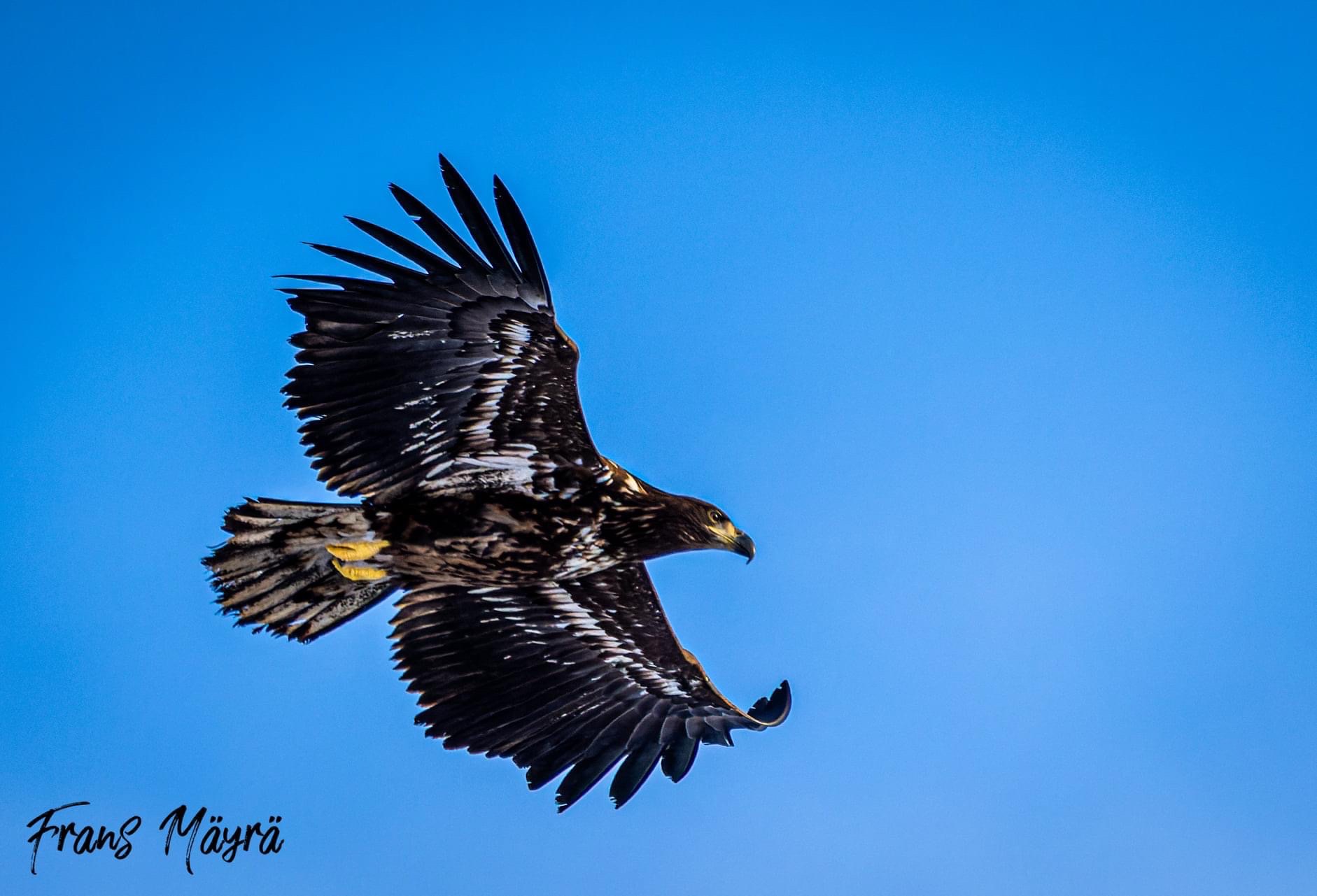

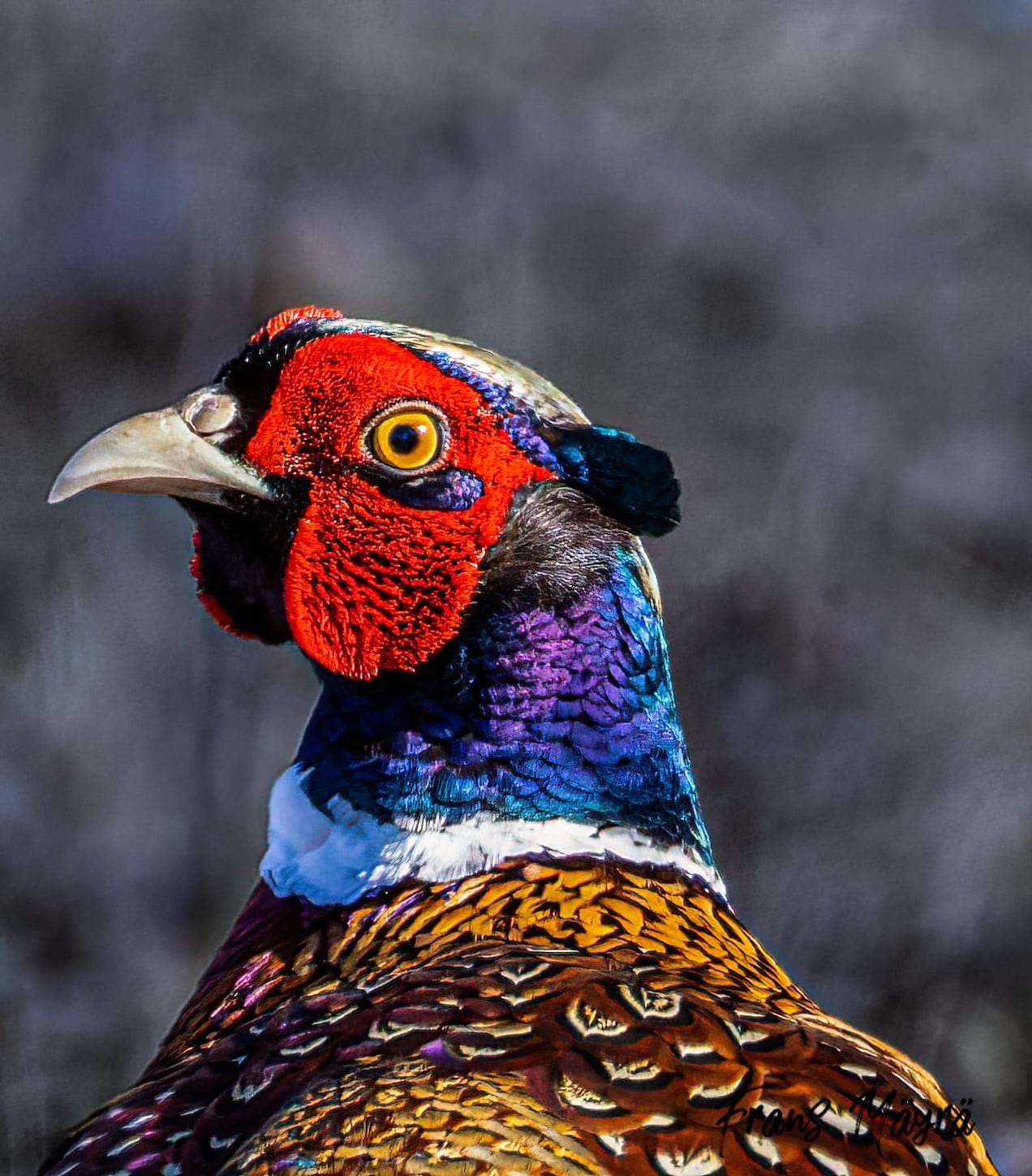
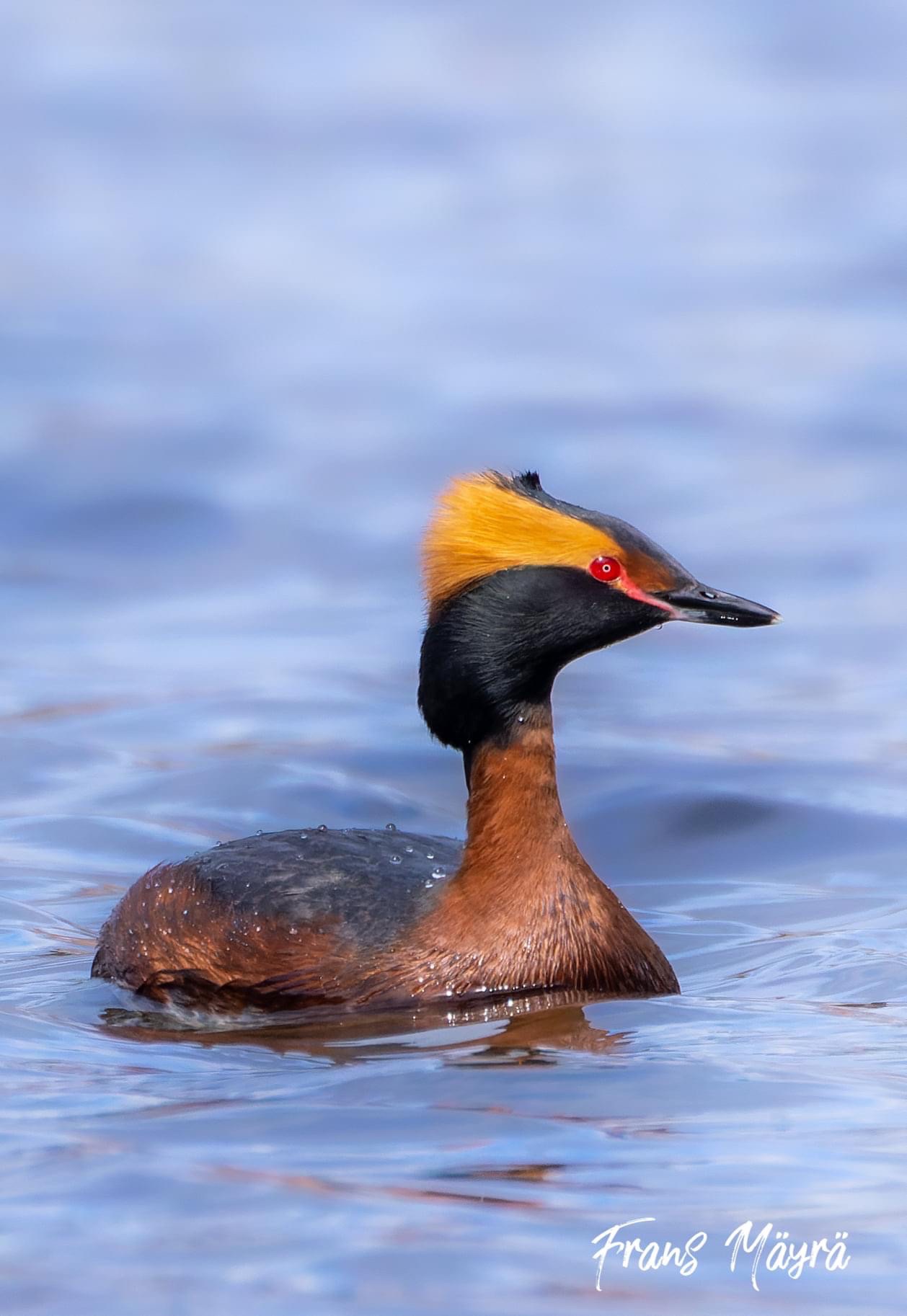

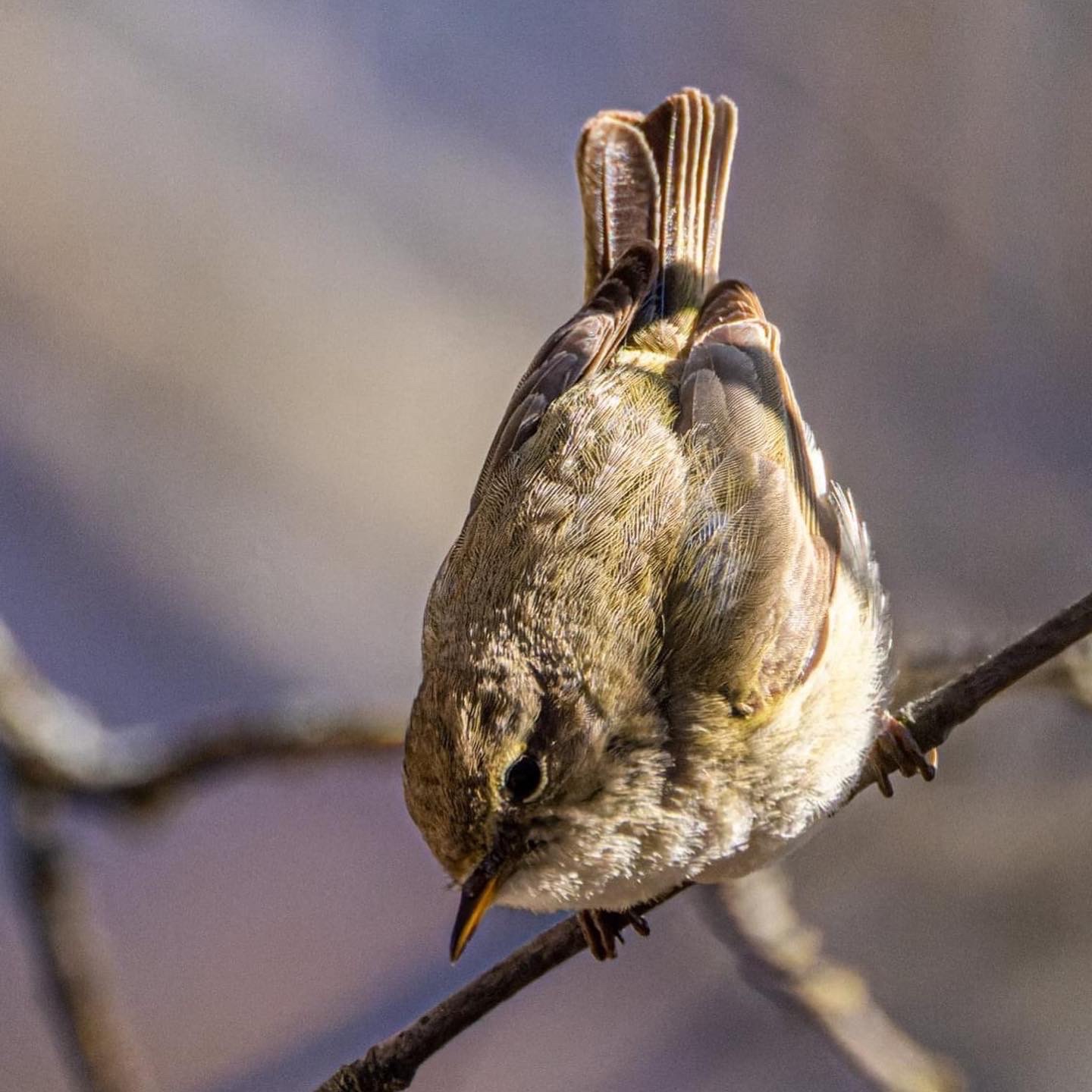
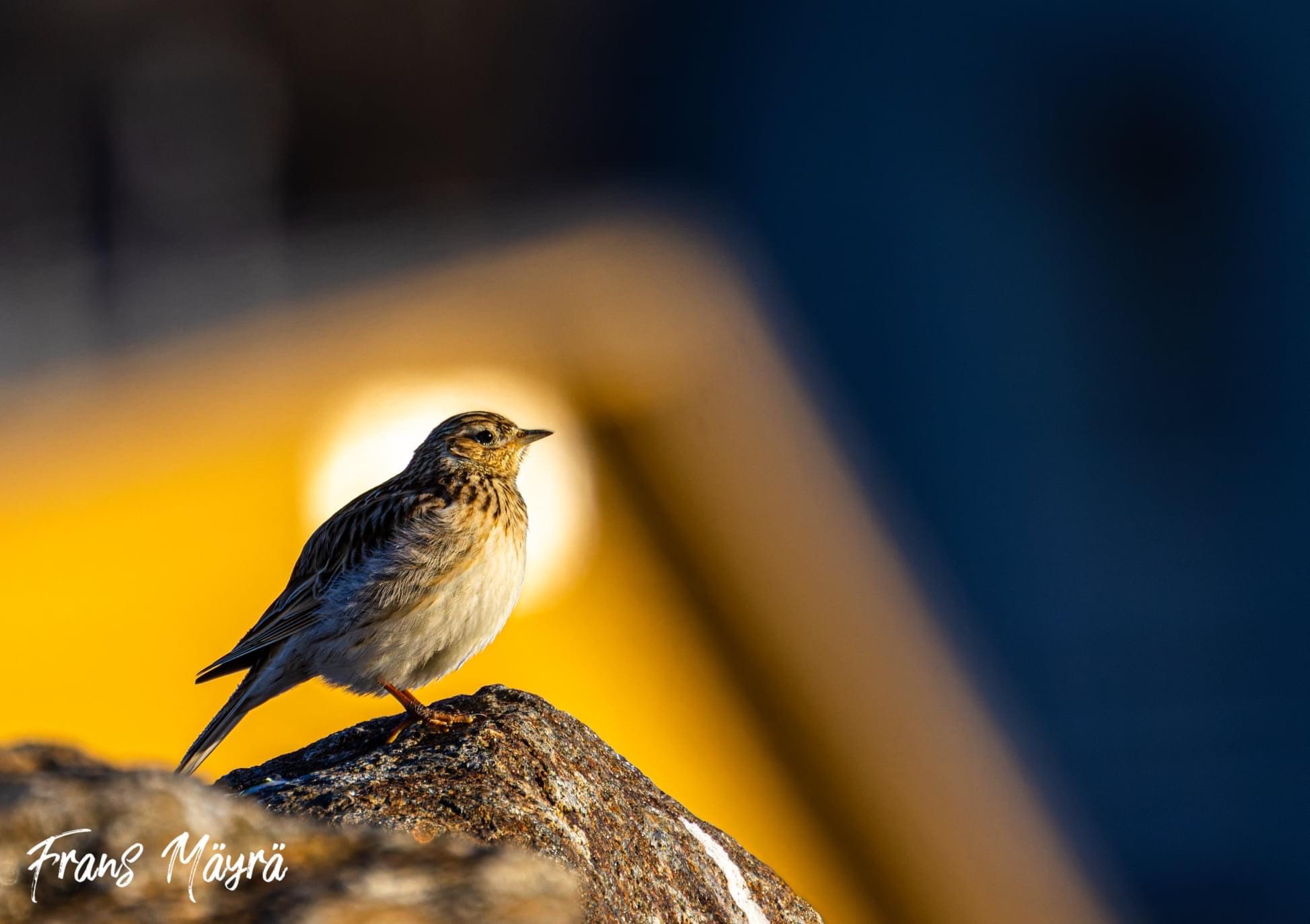
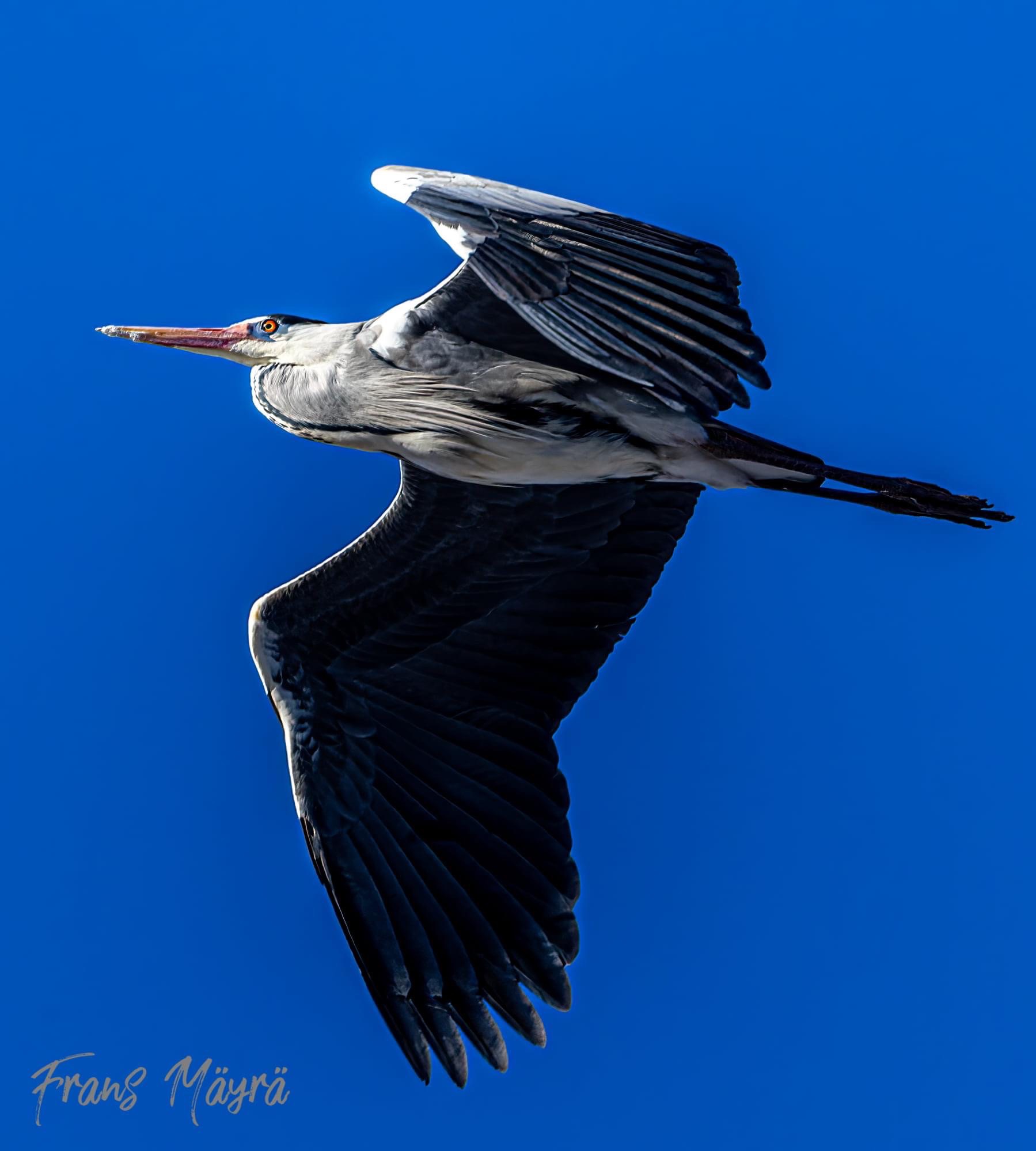

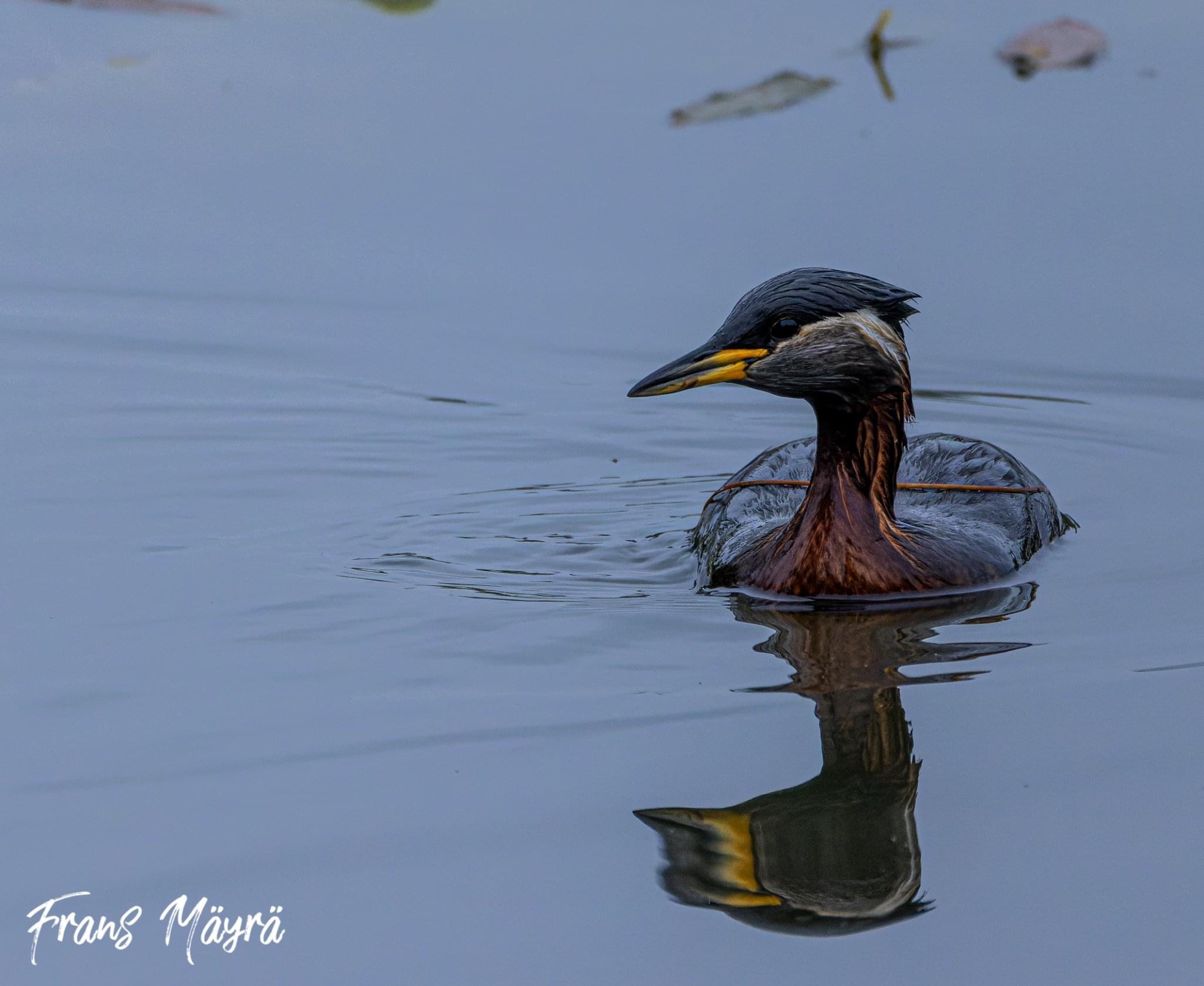
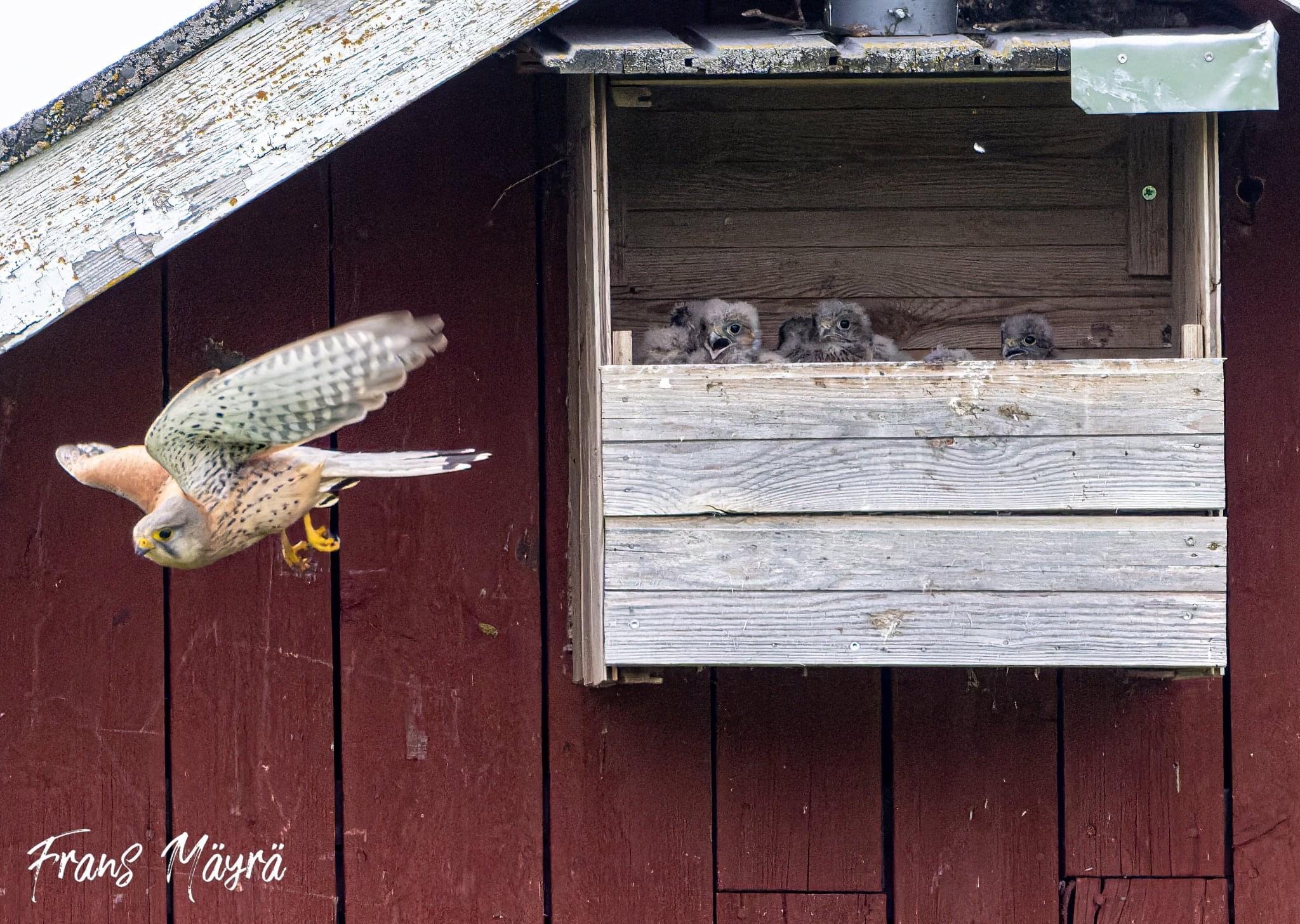
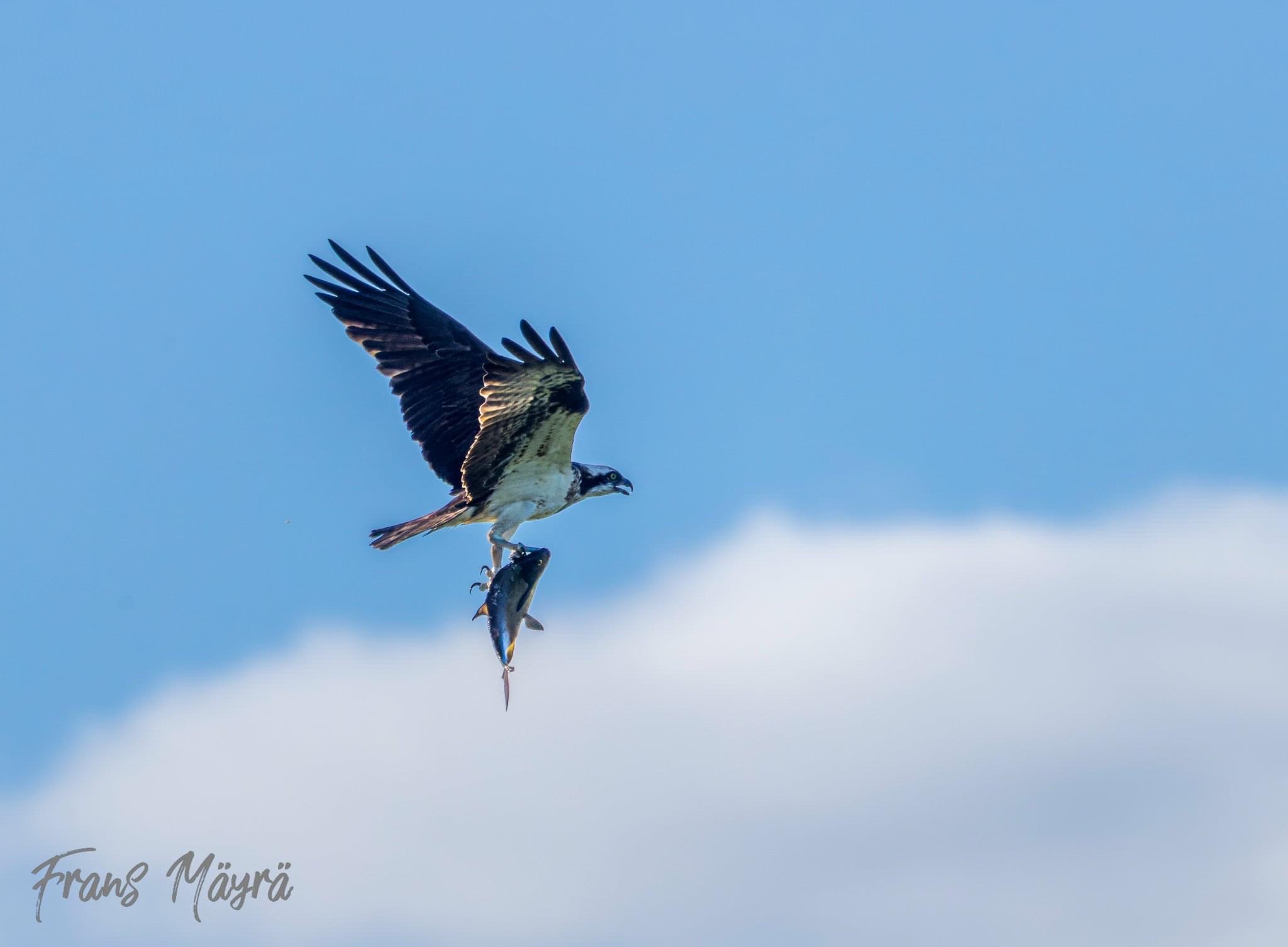
During the Spring Term of 2022, I have taken (according to my last count) photos of 129 different species of birds. Here is featured a selection, along with some random other samples of my nature photos. Excellent summer, everyone!


















































































Naturephotography, and bird photography in particular has been an invaluable part of my life during these stressful pandemic times. The constantly changing and surprising nature has been there, at all times, challenging and providing gradually more and more also sense of achievement, as my understanding of both birds and their behaviours as well as of techniques of nature photography have evolved.
Soon after the start of this year I began tracking the species I have photographed more systematically. There is a challenge (supported by BirdLife Finland and other organisations) of trying to observe 100 different bird species during one year. I have followed a version where I also need to take a photo of such new bird species.
If my calculations are correct, I am today at 99 different bird species photographed, out of those 100. Exiting times. I will add below some collages of those 99 bird photos – there are probably some duplicates, as well as some species missing, as I did not make this in very systematic and careful manner. But there were a lot of important moments and happy memories packed in these photos, so it was a delight to go through and revisit them.
Update: I got photo of the species number 100 on the following day
after writing this – Osprey! Photo added as the last one, below!











This year, we had a full week of “hiihtoloma” (Winter Vacation) – a very welcome break into the busy schedules. I took the opportunity and challenged myself to go out into the nature and look a bit closer at the nature this week.
Firstly, it was interesting to notice that even the “common birds” can provide new experiences and look indeed very different, depending the time of day, weather conditions and particularly light affecting the composition in different manners. Endless opportunities for improvement and experimentation there.
Secondly, during this week I learned to appreciate the winter feeding of birds better. There are people who dedicate countless hours every winter (and indeed considerable sums of money – which some of them have very little) into e.g. forest feeding of wild birds. For many birds this is the only way they can make it through the hardest, coldest parts of the winter alive.
In winter feeding spots it is possible to take photographs of even some rather rare and elusive bird species, if you are patient, stay still and quiet for long periods of time (sometimes in freezing temperatures) and respect the disturbance-free, peaceful environment that such birds require for getting their daily nourishment. Unfortunately it seems that as nature photography is getting increasinly popular, some rare winter birds (such as herons and kingfishers in Finnish winter) attract so many photographers that the huge interest can even endanger the survival of some of these birds. There are only few hours of light and milder cold time every winter day, and the birds need all that time to find the food they need to make it through the next, very cold night. Note though, that no doubt the majority of experienced nature photographers behave responsibly, respect the safe distances, and keep the well-being of the birds as their top priority.
I did not personally visit any sites of such “super rarities” this winter. There was a lot of interesting things to photograph, even without risking the rare ones.
There are many places in Finland, such as our national parks and many hiking areas that have paths that are accessible also in winter time. And when the crust of snow is hard (“hankikeli” is Finnish), one can rather easily walk over marshland or at lake shores, sometimes spotting interesting bird species, but primarily to enjoy the nature and beatiful winter weather. I also visited e.g. Siuronkoski rapids, where white-throated dipper (Cinclus cinclus; koskikara) lives – there is a popular walking path going just next to the rapids, and the birds are so accustomed to humans moving in the area that it is possible to photograph them without disturbing their feeding.
One delightful theme that appeared this week was encountering woodpeckers. There are nine woodpecker species that one can theoretically see in Finland – though some of them are super rare (like Picus viridis). Visiting local forest paths and some winter feeding spots, I managed to photograph four woodpecker species this week, which really delighted me: Dendrocopos major (Käpytikka), Dendrocopos minor (Pikkutikka), Picus canus (Harmaapäätikka) and Dryocopus martius (Palokärki). Previously I had only met the great spotted woodpecker (Dendrocopos major), so this was three new species for me – in just one week. This proves the value of getting our of one’s common paths and trying exploring some new, also less-visited areas every now and then.
The 2nd of March was a particularly excellent day, as it was rather warm, sunny, and we made a longish trip with the entire family, exploring some Pirkanmaa and Satakunta region nature areas together. There were fields where a number of whooper swans (Cygnus cygnus; Laulujoutsen) had already arrived – a sure sign of Spring! While driving home in the evening, we had another surprise encounter: a white-tailed eagle (Haliaeetus albicilla; merikotka), accompanied by an inquisitive and plain greedy crow. These eagles are are the biggest birds of prey in Finland, and also the biggest success story of our nature conservation efforts: in 1973, there was only 35 nesting couples in the entire county, and the species was facing extinction due to chemical pesticides and other factors (in the early 20th century, there was even bounty paid for killing the eagles – and negative attitudes towards birds of prey persisted for a long time). WWF Finland volunteers started winter feeding the eagles, carrying clean and safe meat into islets and rocks where birds could find them, for two decades. Today, it is estimated that there are 450 nesting couples living in Finland. One of the main remaining threats is the use of lead birdshots particularly in Åland islands, leading to lead poisoning of eagles eating carcasses. A third of young eagles continue to die of lead poisoning in Finland every year (see https://yle.fi/uutiset/3-7889294).
To sum up this week of nature experiences: there is so much to see, experience, study and learn in nature – both next door, in one’s own yard or city park, or in the surrounding nature areas. One thing that I became also aware, was that I was using our petrol-powered family car to drive into some of these, more far-away nature locations. I have now started planning of upgrading into an electric vehicle (EV) – but more about that perhaps later. Let’s enjoy and study the nature, responsibly!
I have always enjoyed moving in the nature and taking photographs, but I have never been a particularly passionate ”birder” – someone who would eagerly participate in bird observation, or learn details about bird species and their lives. Nevertheless, for some time now I have taken bird photos in an increasingly active manner. Why – what is the fascination in bird photography?

I can only talk for myself, but in my case this is like combining location-based game play of Pokémon Go with my love of photography. While living still mostly under self-quaratine style conditions of pandemic, it is important to keep moving, and taking my camera and going out is as good reason as any to get fresh air and some exercise. And birds bring the important aleatory element into this: you never know what you are going to see – or not see.

Mostly my short walks are in the close neighbourhood, and the birds I will see are thus the most common ones: the great tit, the sparrow, the magpie, a flock of fieldfares. But then the challenge is to get a new kind of photo of them – one with a nice disposition, interesting lights, great details or posture. And sometimes there will be more rare birds moving in the area, which brings additional excitement with it: how to get close to the shy jaybird, get good details on the dark dress of blackbird, or a woodpecker.

There is also a very nice lake for birdwatching rather near, Iidesjärvi, which means that it is possible to go there, and try getting some beautiful pictures of swans, goldeneyes, goosanders or many other waterfowl with a rather short trip. Which is important, since I typically need to get back soon, and make kids breakfast, dinner or such. And this is also why I call myself a Sunday Photographer: I mostly take photos in weekends, when there is a bit of extra time that weekdays do not currently allow.

This Sunday was a day of achievement, when I got my first decent photos of goldcrest – the smallest bird in Europe! It is not that rare actually, but it is so shy and so skilled in hiding itself within foliage, that I was mainly able to locate it with the faint, high-pitched sounds it makes. And even while I knew the bird was there in the trees, front of me, it took a long time, c. 200 frames of missed photos and some quiet crawling from spot to spot to finally get an unobstructed view and a sharp photo of this tiny, elusive bird.

Thus, taking photos of birds combines so many different interesting, challenging and purely luck-based elements into one activity, that is just perfect diversion – something rewarding, surprising, joyful that can even have addictive holding power: a hobby that is capable of taking your thoughts completely away from everything else.


As holidays are traditionally time to be lazy and just rest, I have not undertaken any major photography projects either. One thing that I have been wondering though, has been the distinction between “soft” and “sharp” photos. There are actually many things intermingling here. In old times, the lenses I used were not capable of delivering optically sharp images, and due to long exposure times, unsensitive film (later: sensors), the images were also often blurry: I had not got the subject in focus and/or there was blur caused by movement (of target and/or the camera shaking). Sometimes the blurry outcomes were visually or artistically interesting, but this was mostly due to pure luck, rather than any skill and planning.
Later, it became feasible to get images that were technically controlled and good-looking according to the standard measurements of image quality. Particularly the smartphone photos have changed the situation in major ways. It should be noted that the small sensor and small lenses in early mobile phone cameras did not even need to have any sort of focus mechanisms – they were called ‘hyperfocal lenses’, meaning that everything from very close distance to infinity would always be “in focus” (at least theoretically). As long as you’d have enough light and not too much movement in the image, you would get “sharp” photos.

However, sharpness in this sense is not always what a photographer wants. Yes, you might want to have your main subject to be sharp (have a lot of details, and be in perfect focus), but if everything in the image background shows such detail and focus as well, that might be distracting, and aesthetically displeasing.
Thus, the expensive professional cameras and lenses (full frame bodies, and “fast”, wide-aperture lenses) are actually particularly good in producing “soft” rather than “sharp” images. Or, to put it slightly better, they will provide the photographer larger creative space: those systems can be used to produce both sharp and soft looking effects, and the photographer has better control on where both will appear in the image. The smartphone manufacturers have also added algorithmic techniques that are used to make the uniformly-sharp mobile photos softer, or blurry, in selected areas (typically e.g. in the background areas of portrait photos).
Sharpness in photos is both a question of information, and how it is visually expressed. For example, a camera with very low resolution sensor cannot be used to produce large, sharp images, as there is not enough information to start with. A small-size version of the same photo might look acceptably sharp, though. On the other hand, a camera with massively high-resolution sensor does not automatically procude sharp looking images. There are multiple other factors in play, and the visual acuity and contrast are perhaps the most crucial ones. The ray of light that comes through the lens and falls on the sensor produces what is called a “circle of confusion”, and a single spot of the subject should ideally be focused on so small spot in the sensor that it would look like a nice, sharp spot also in the finished image (note that this is also dependent on the visual acuity, the eyes of the person looking at it – meaning that discussions of “sharpness” are also in certain ways always subjective). Good quality optics have little diffraction effects that would optically produce visual blur to the photo.

Similarly, the sharp and soft images may be affected by “visual noise”, which generally is created in the image sensor. In film days, the “grain” of photography was due to the actual small grains of the photosensitive particles that were used to capture the light and dark areas in the image. There were “low ISO” (less light-sensitive) film materials that had very fine-grained particles, and “high ISO” (highly light-sensitive) films that had larger and coarser particles. Thus, it was possible to take photos in low-light conditions (or e.g. with fast shutter speeds) with the sensitive film, but the downside was that there was more grain (i.e. less sharp details, and more visual noise) in the final developed and enlarged photographs. The same physical principles apply also today, in the case of photosensitive, semiconductive camera sensors: when the amplification of light signal is boosted, the ISO values go up, faster shots or images in darker conditions can be captured, but there will be more visual noise in the finished photos. Thus, the perfectly sharp, noise-free image cannot always be achieved.
But like many photographers seek for the soft “bokeh” effect into the backgrounds (or foregrounds) of their carefully composed photos, some photographers do not shy away from the grainy effects of visual noise, or high ISO values. Similar to the control of sharpness and softness in focus, the use of grain is also a question of control and planning: if all and everything one can produce has noise and grain, there is no real creative choice. Understanding the limitations of photographic equipment (with a lot of training and experimentation) will eventually allow one to utilize also visual “imperfections” to achieve desired atmospheres and artistic effects.

You must be logged in to post a comment.